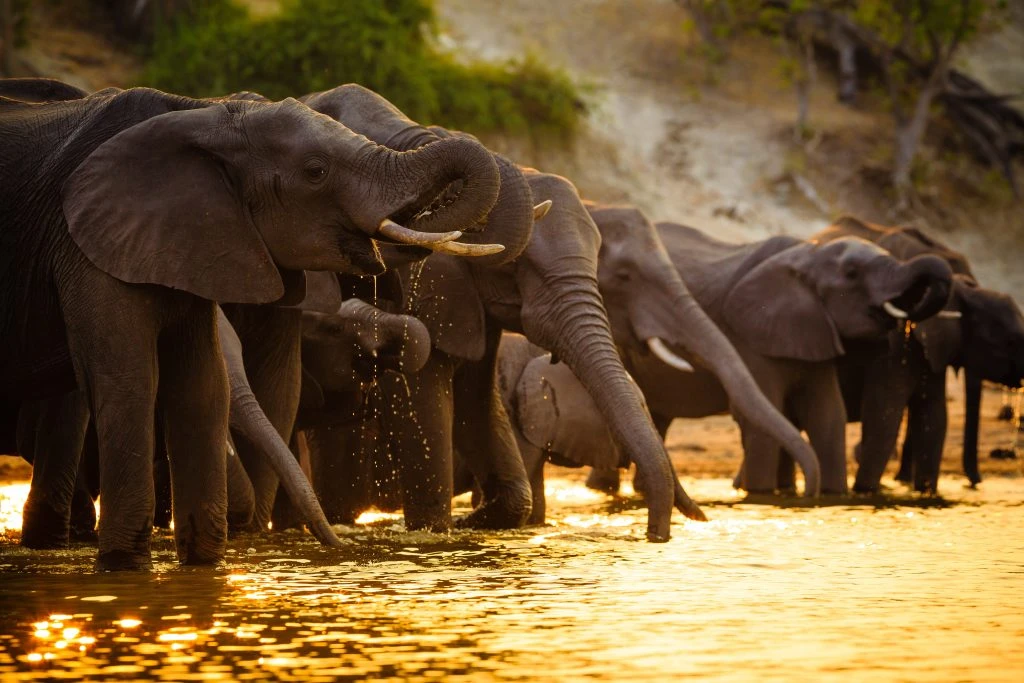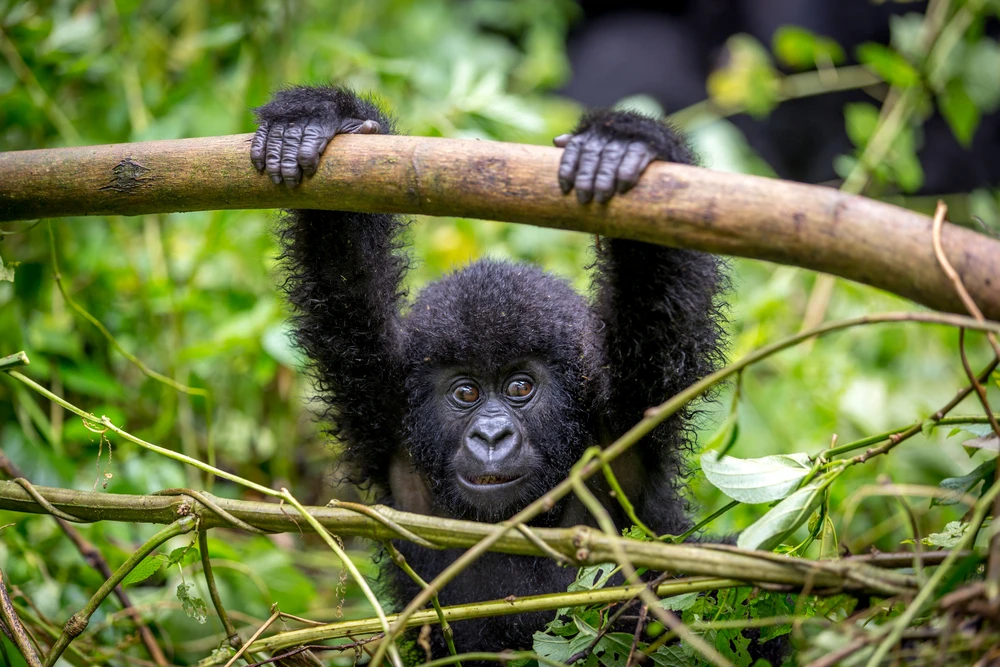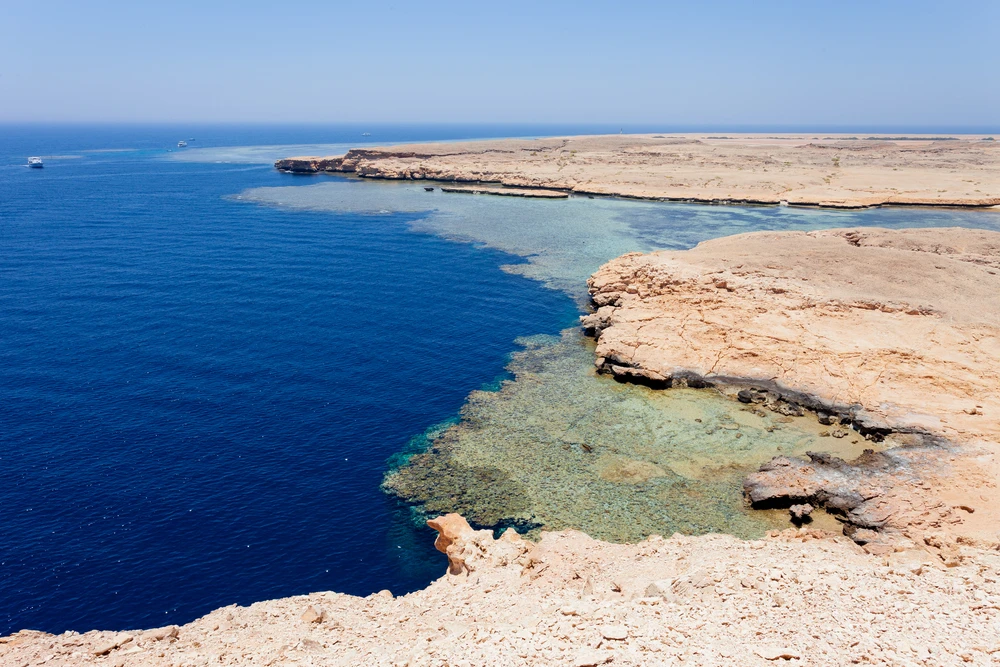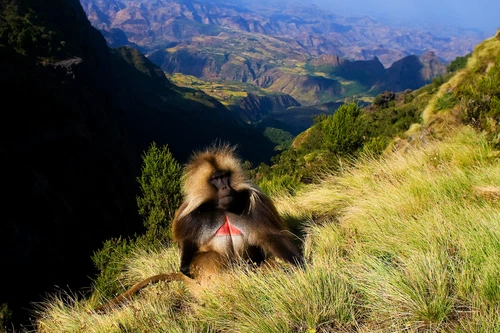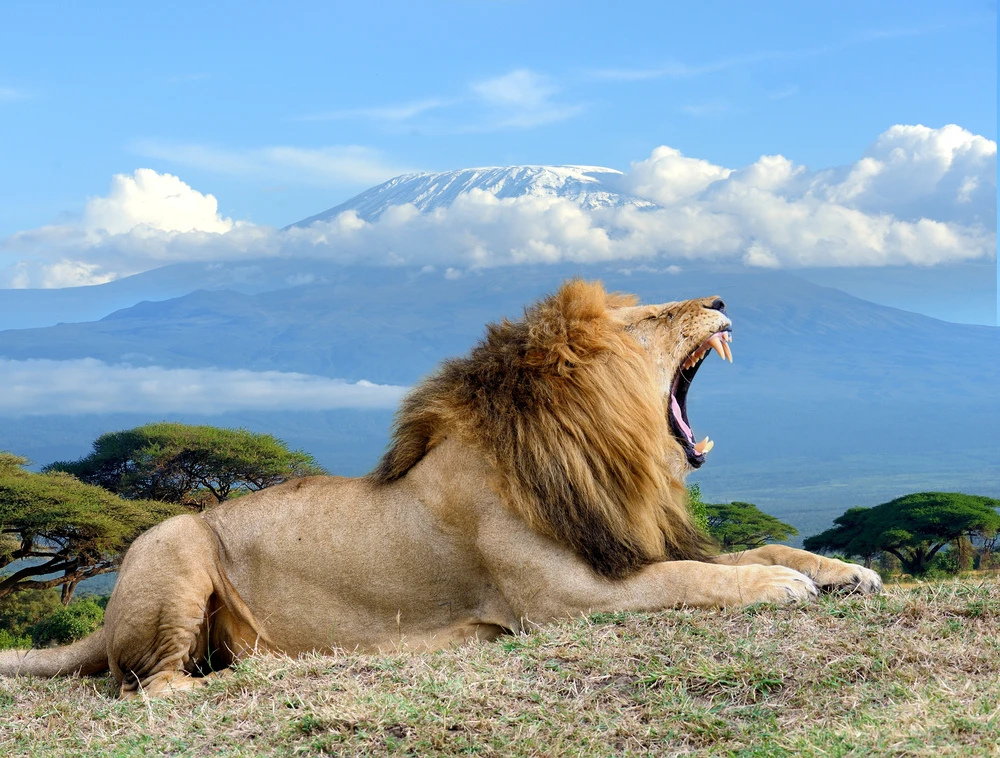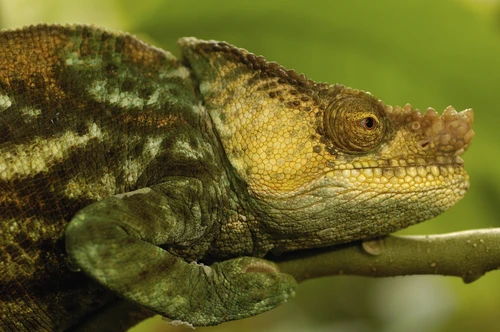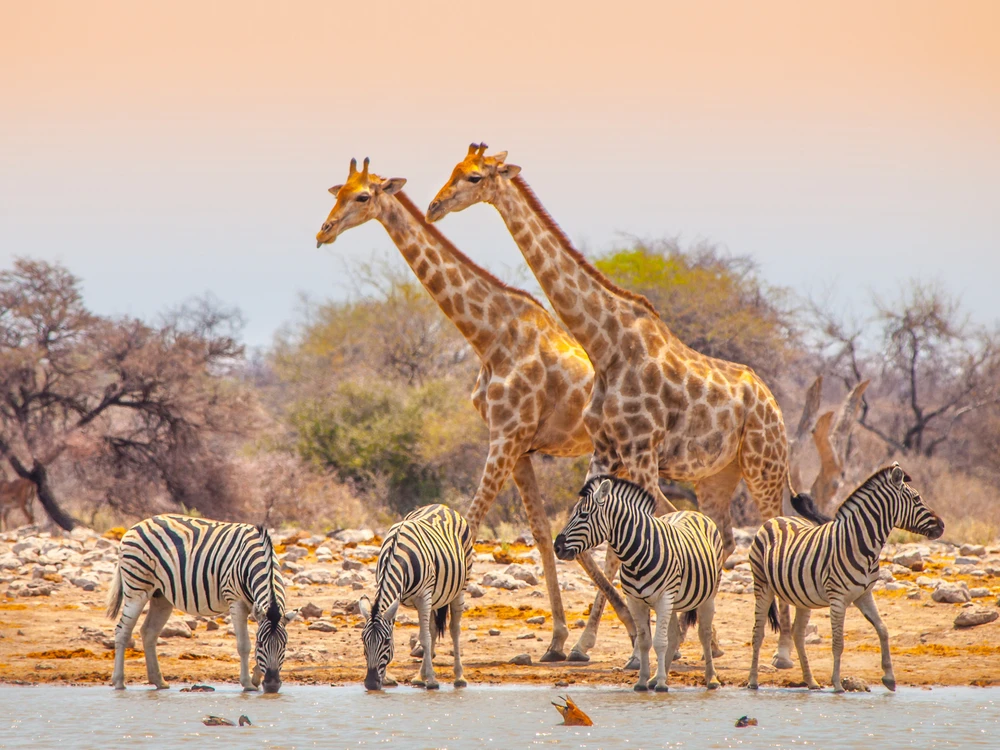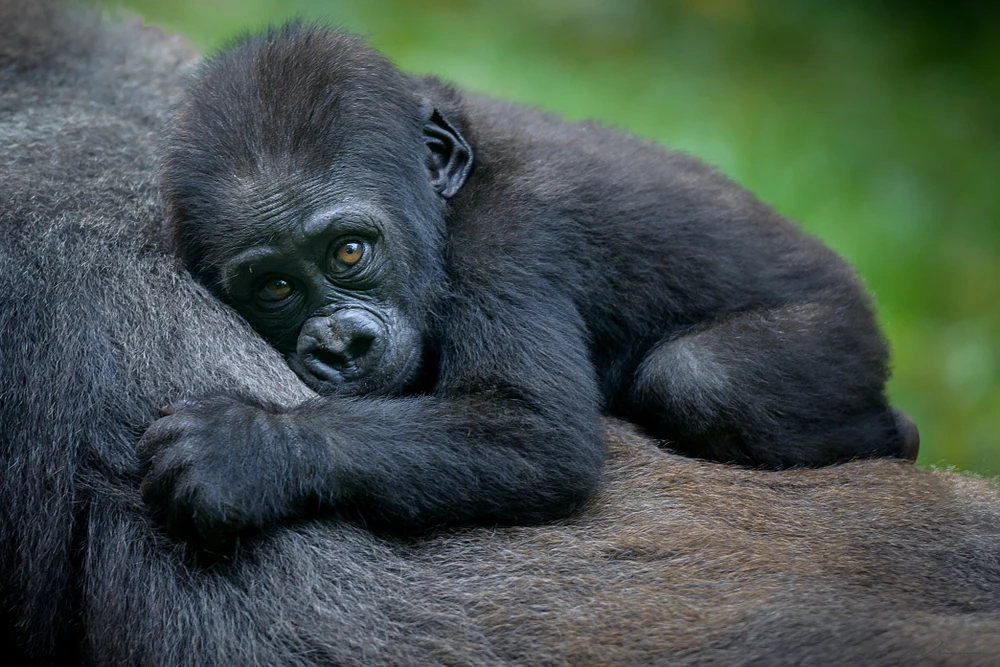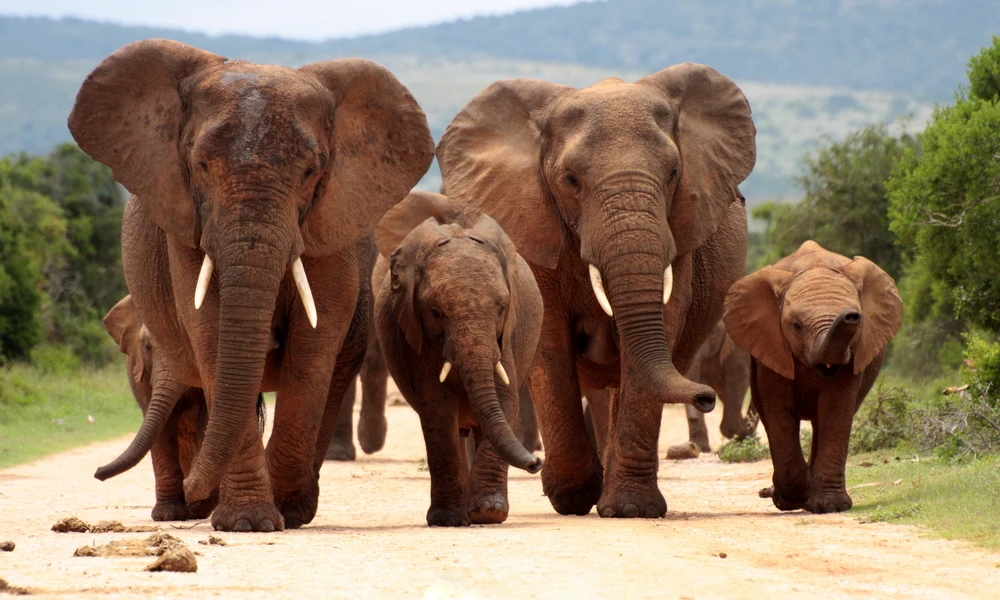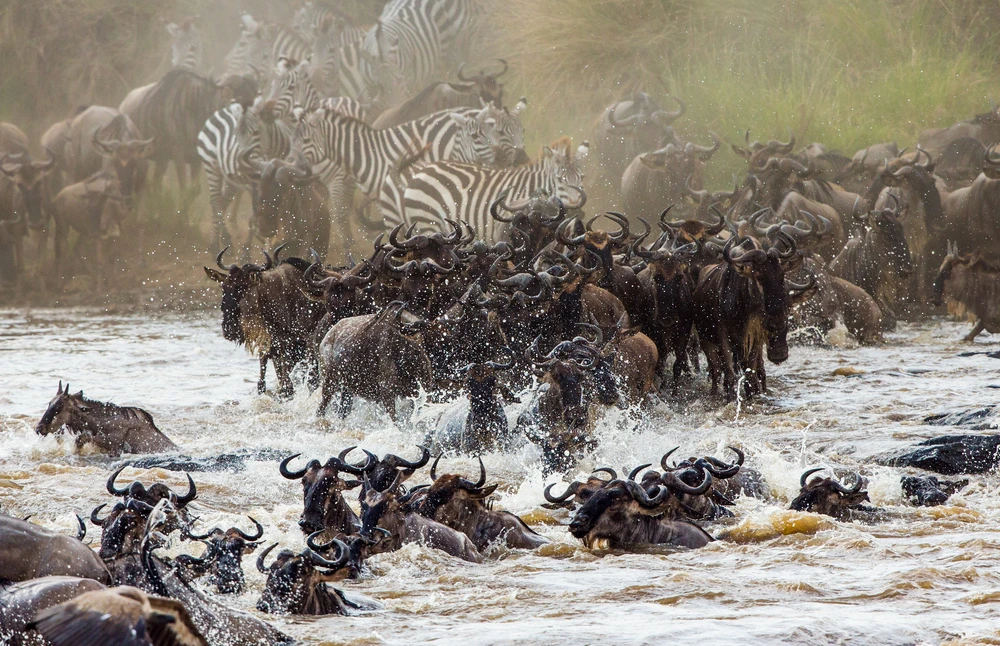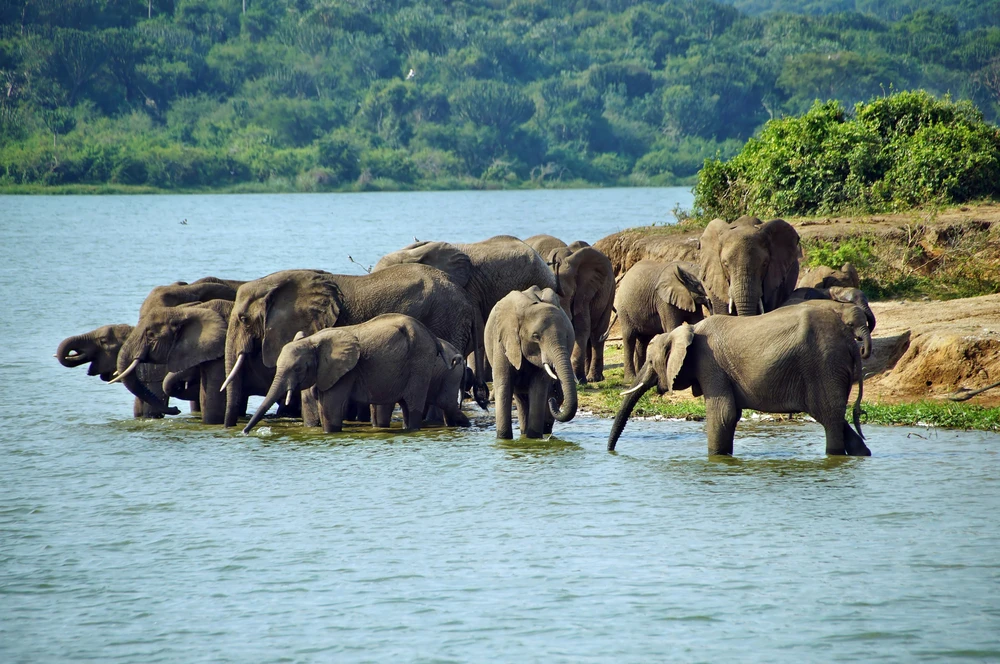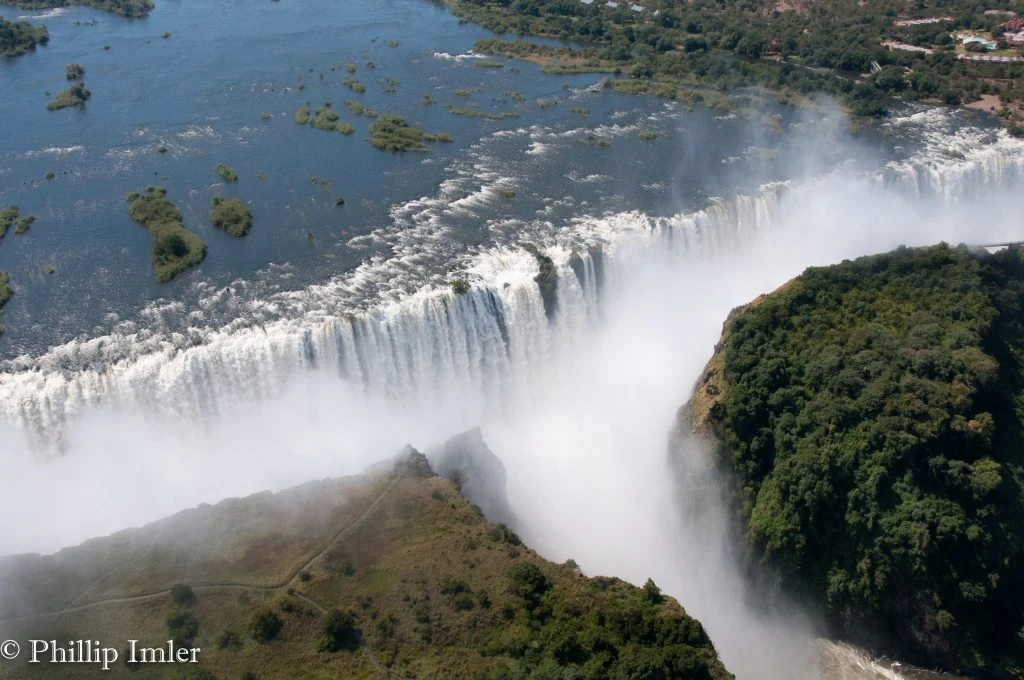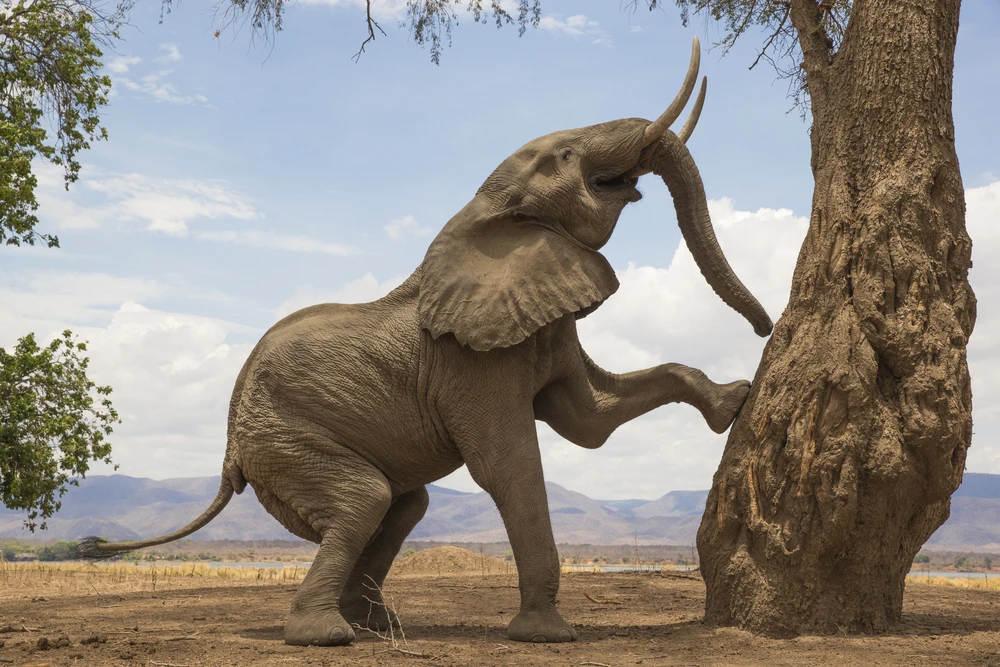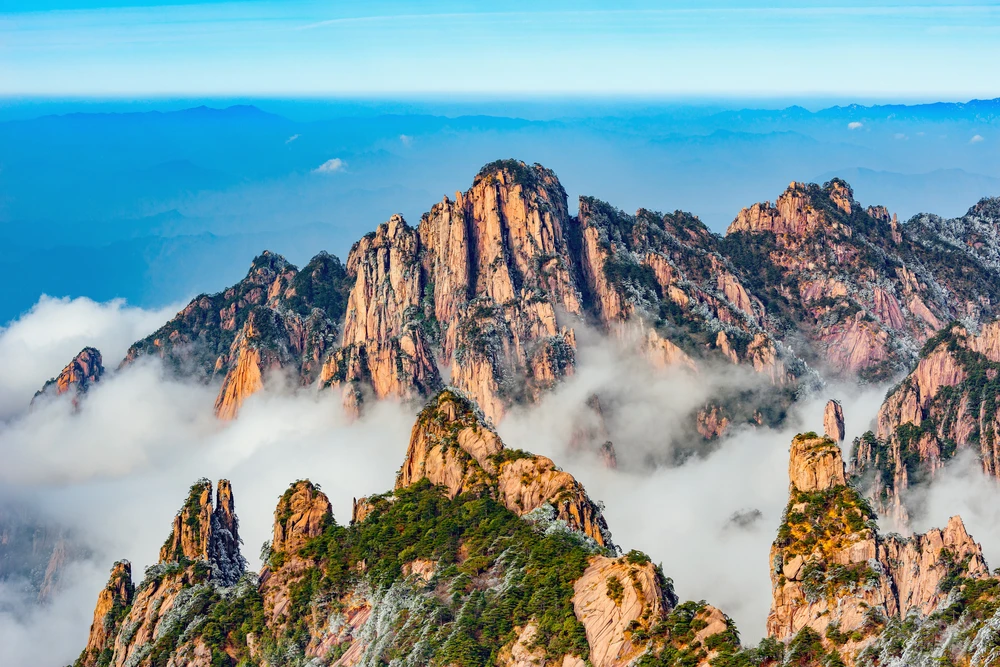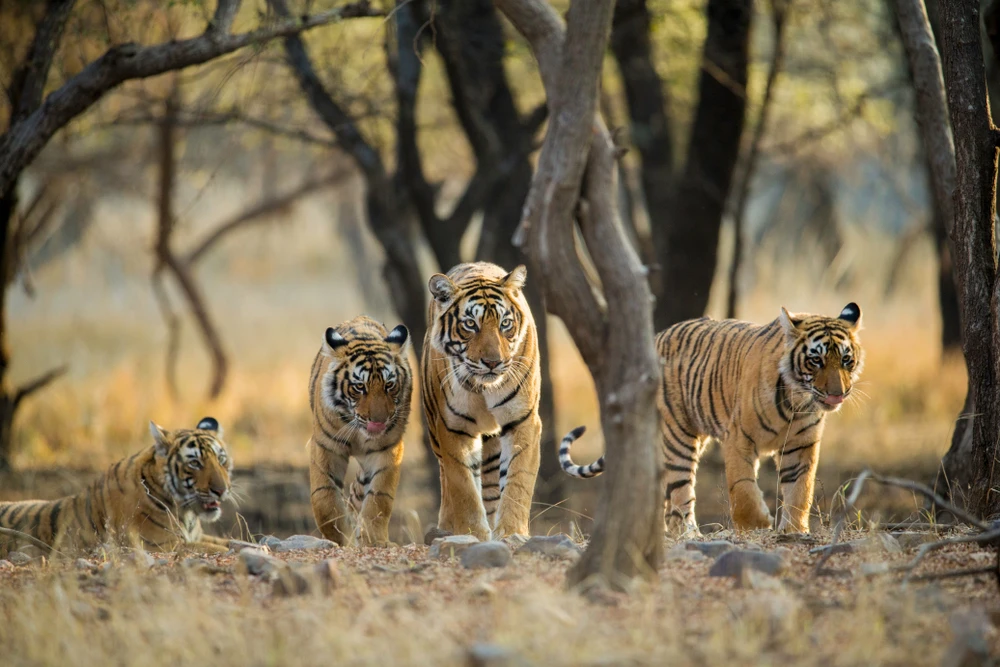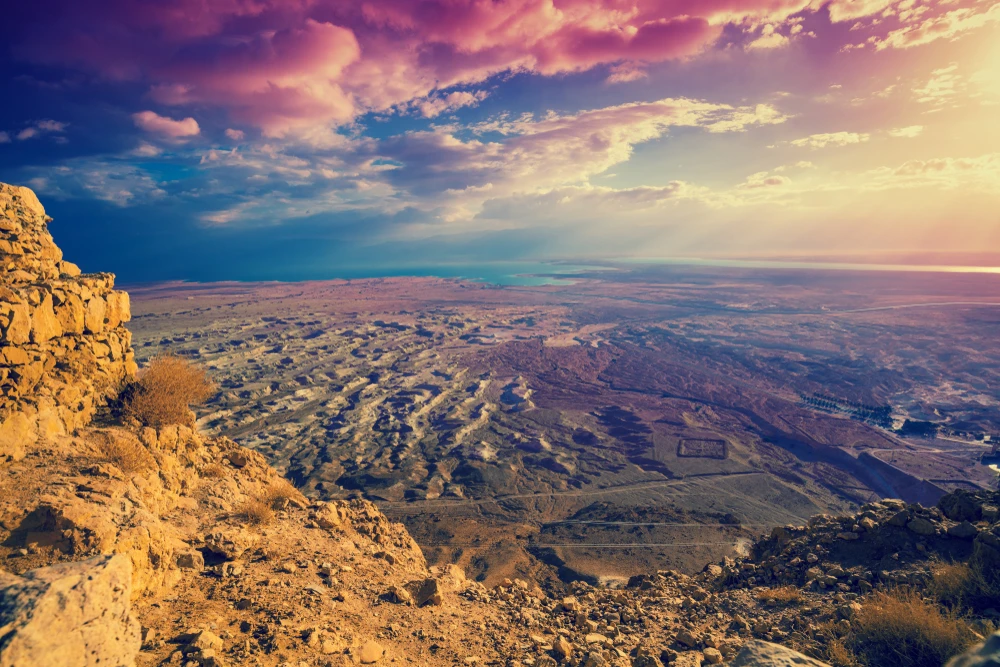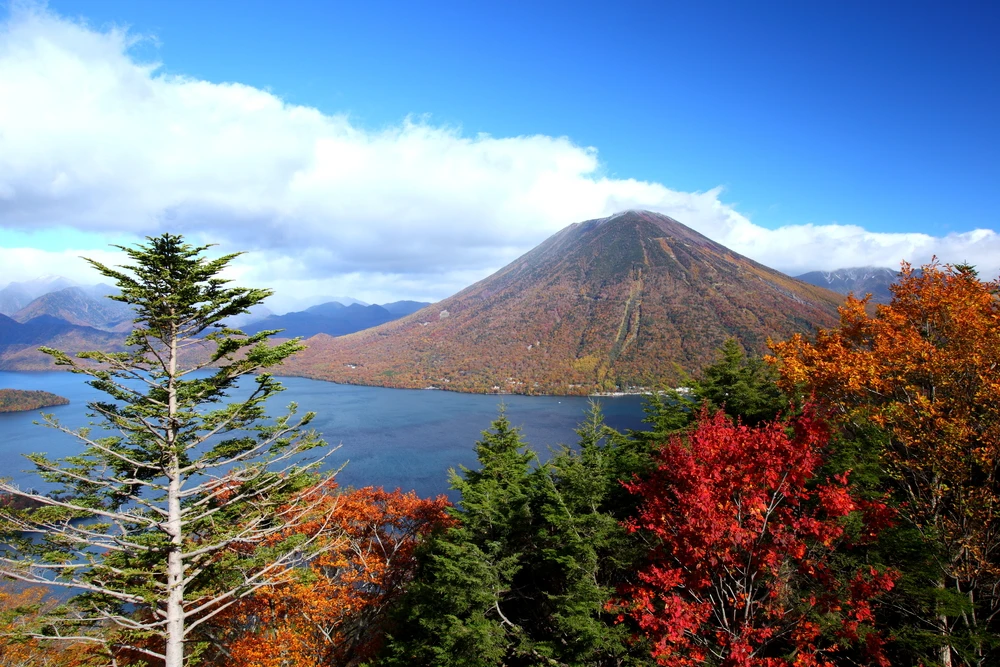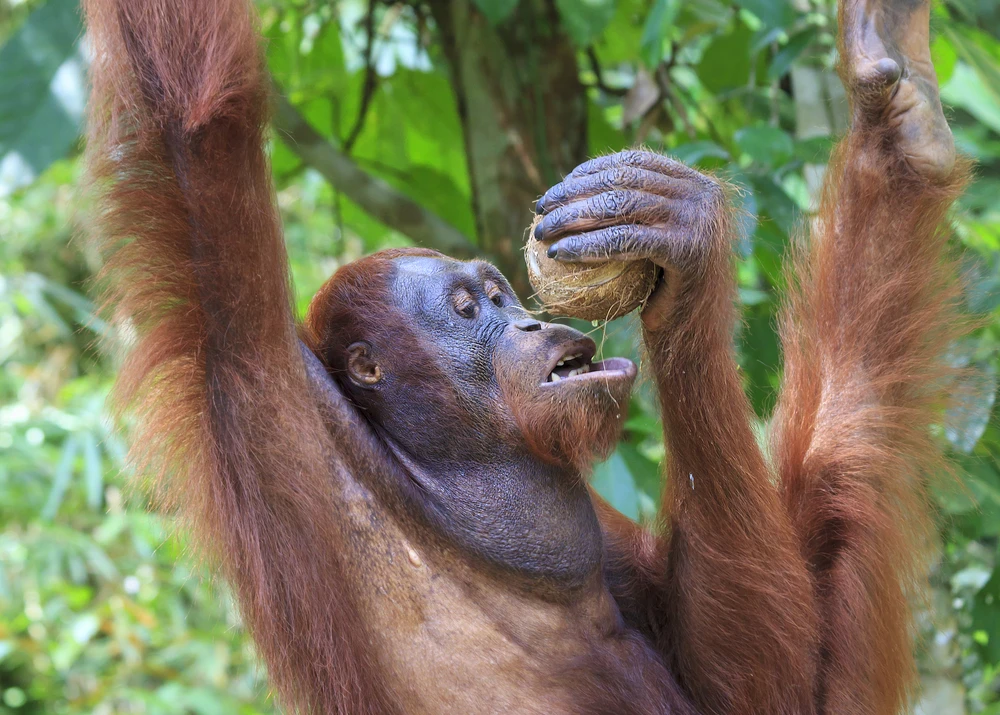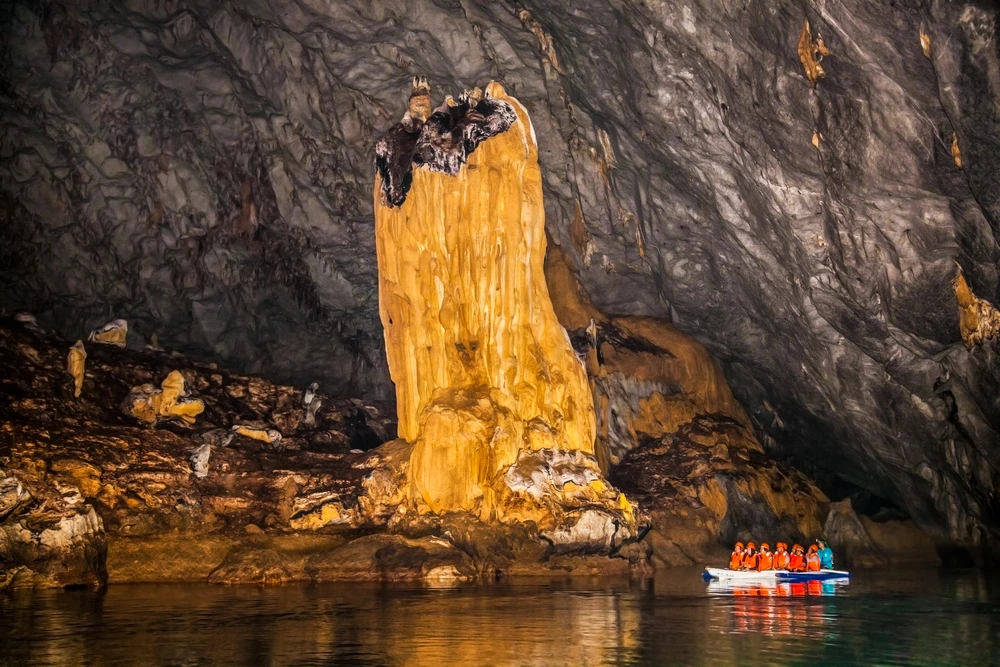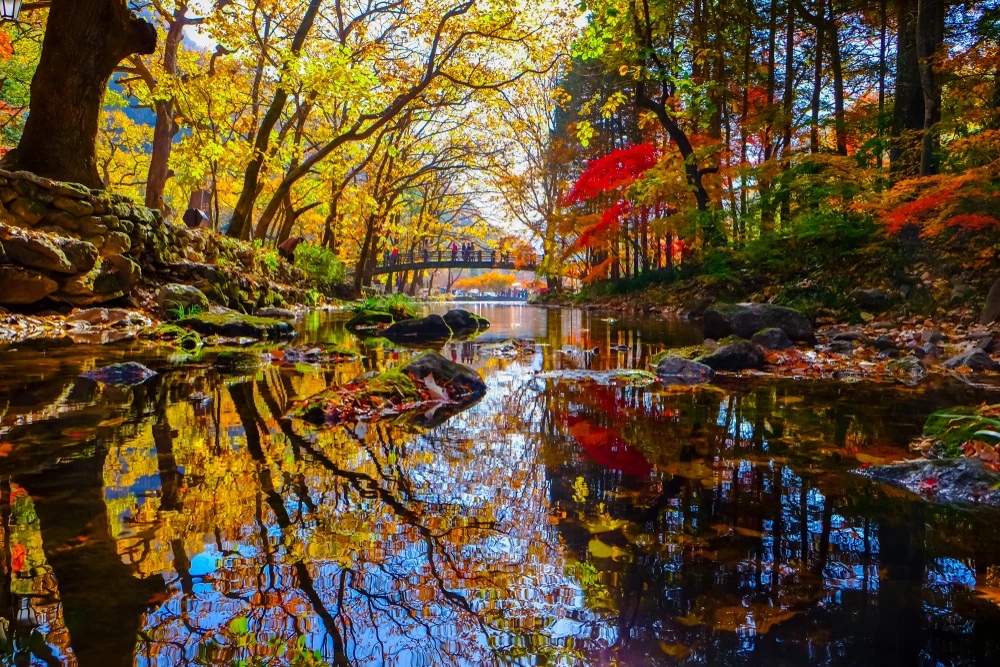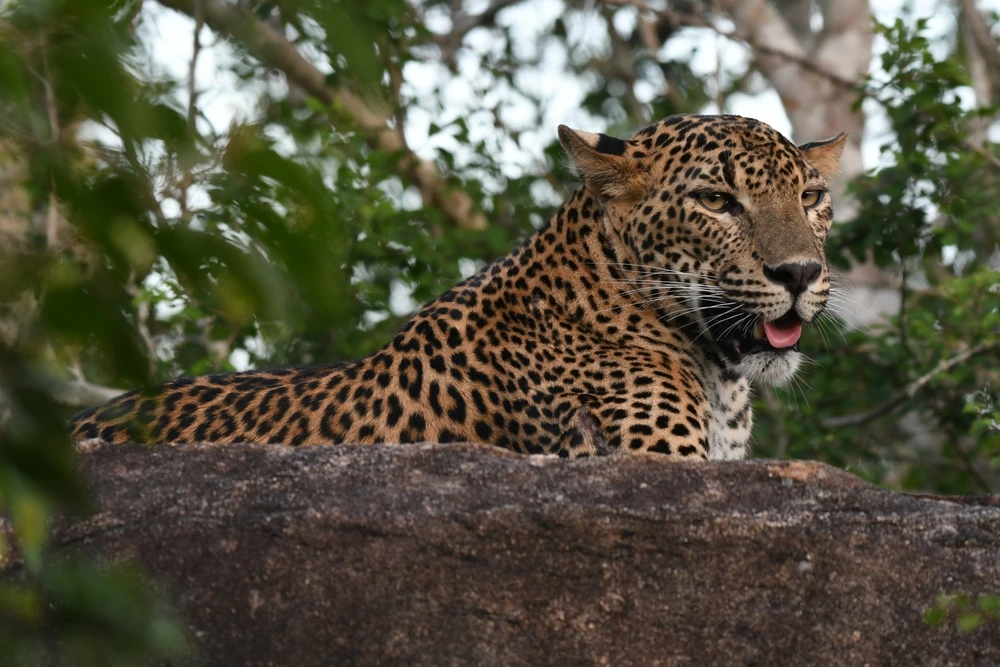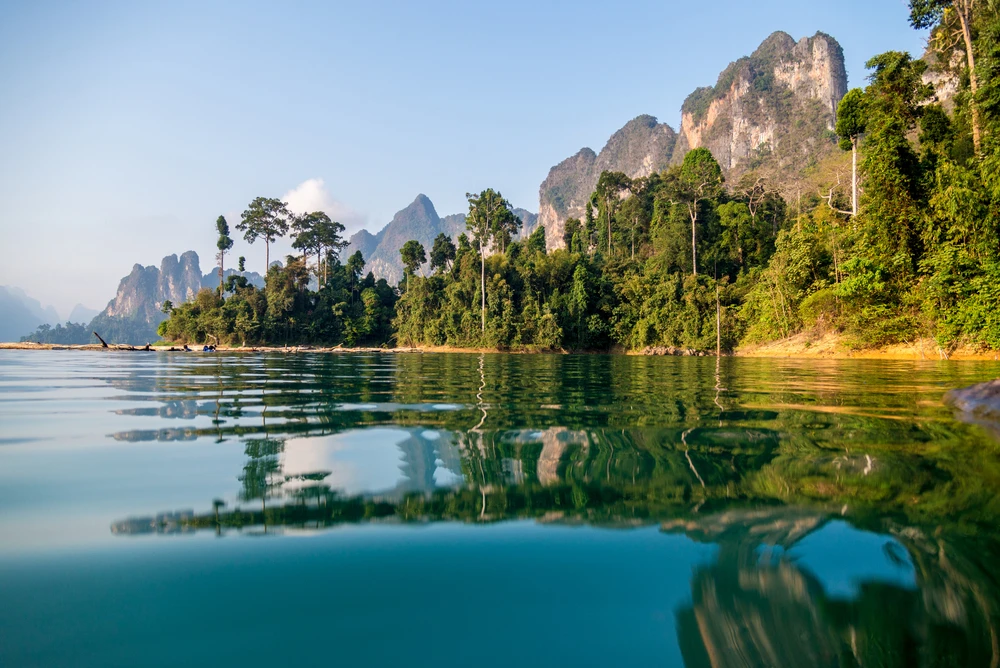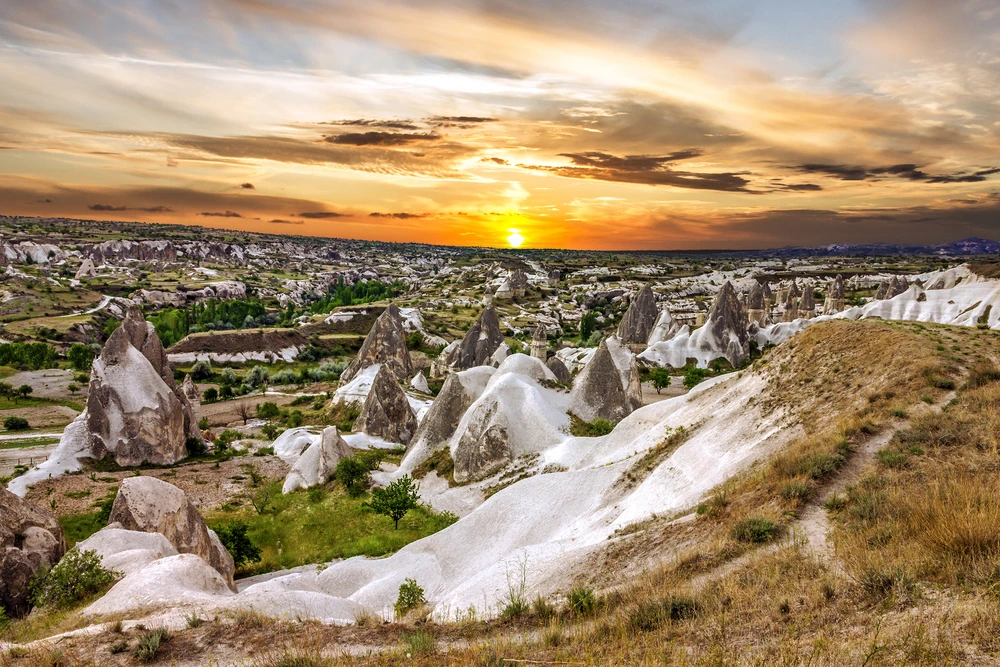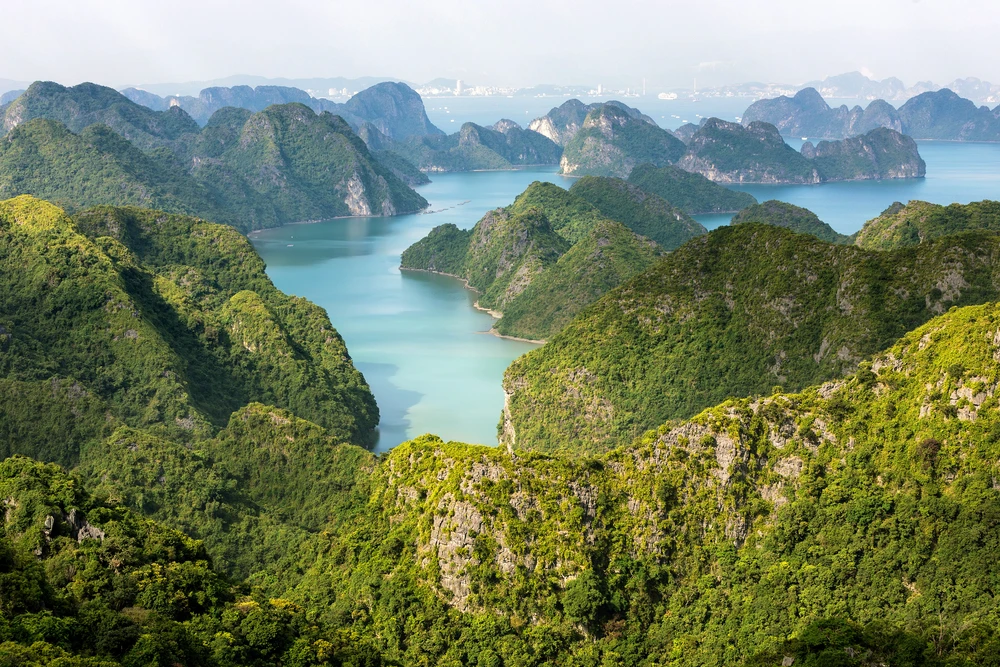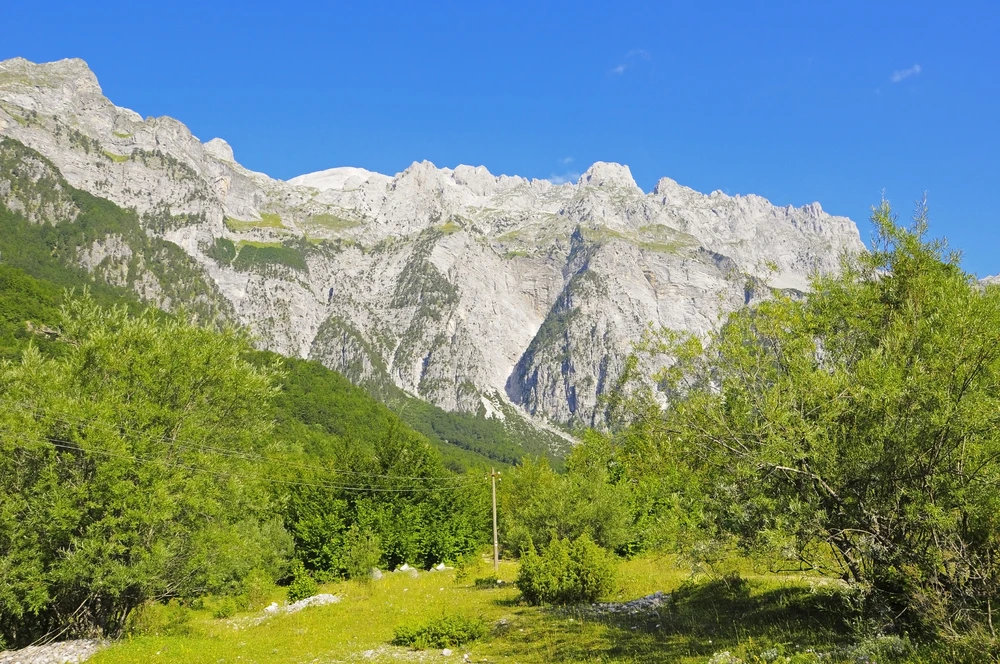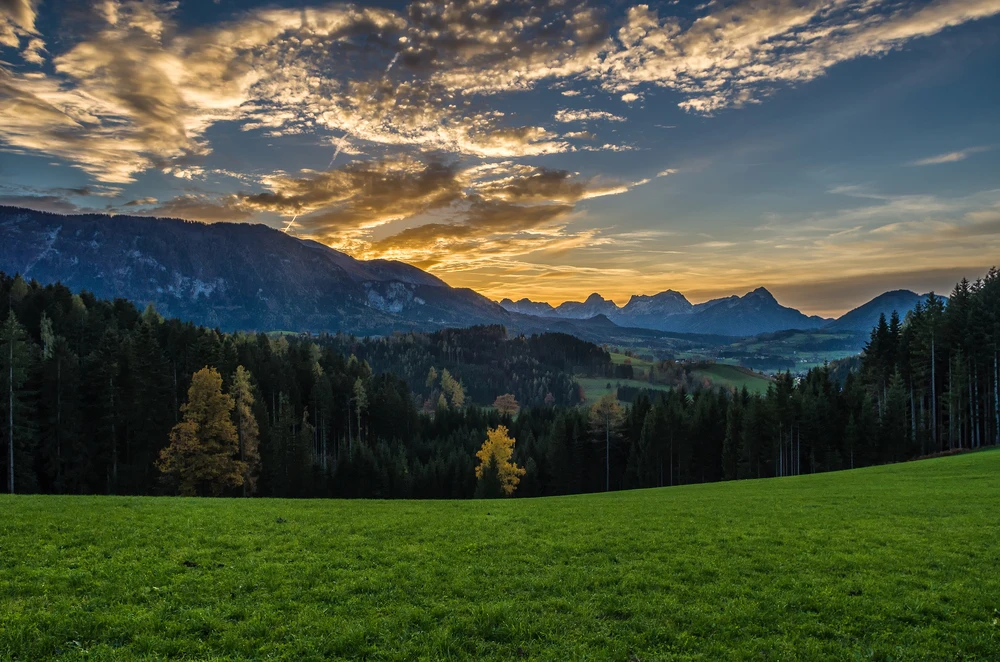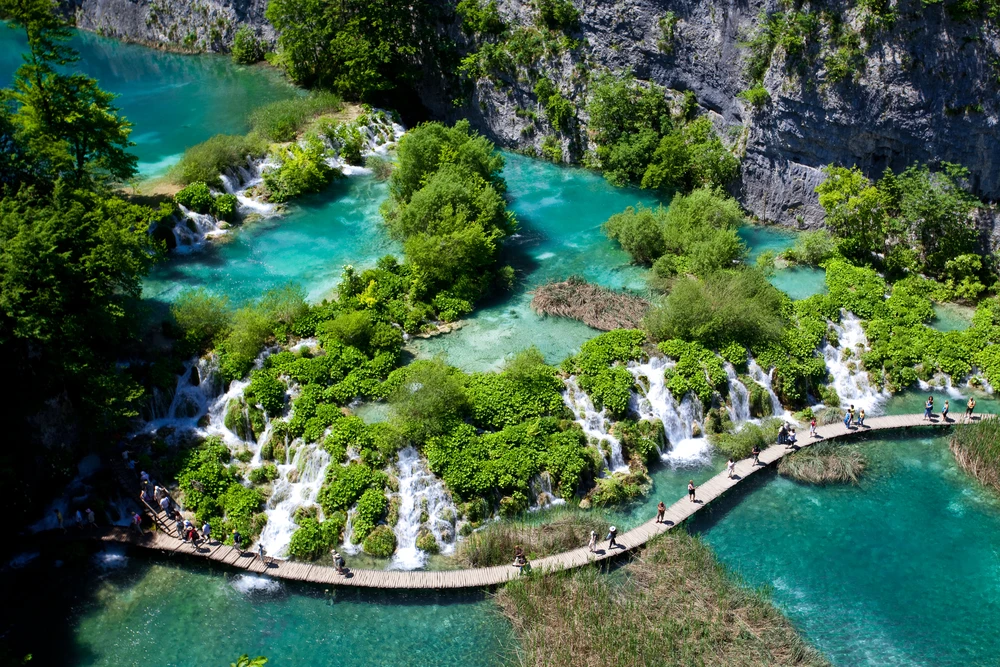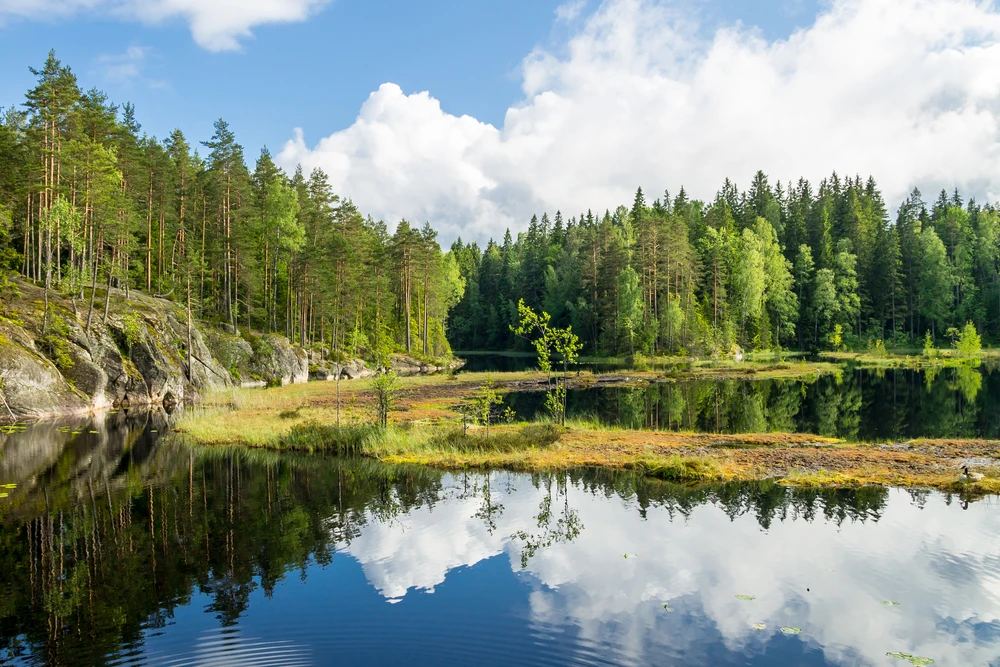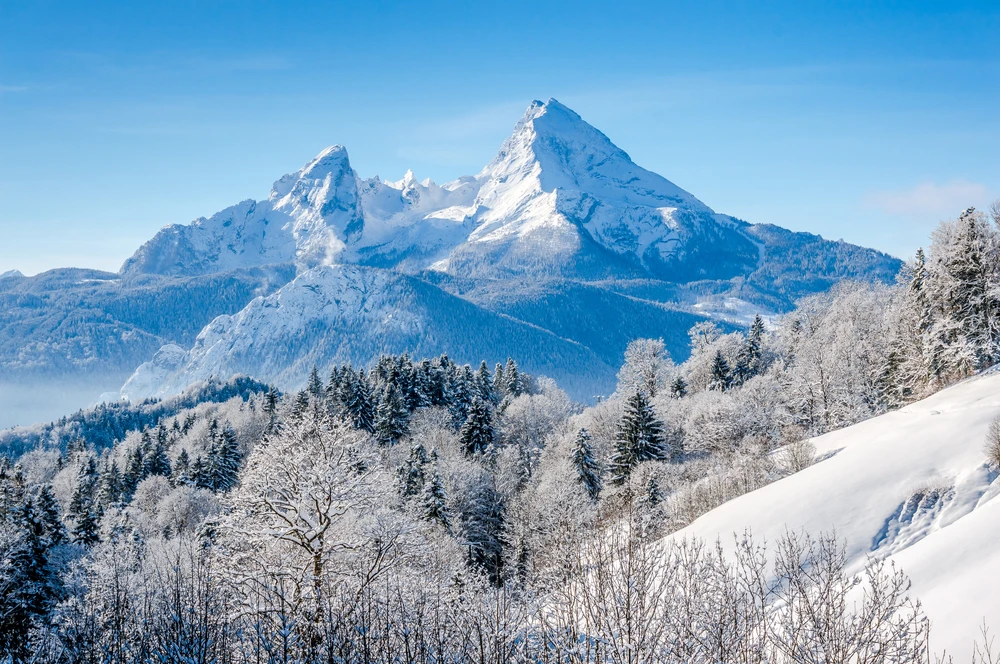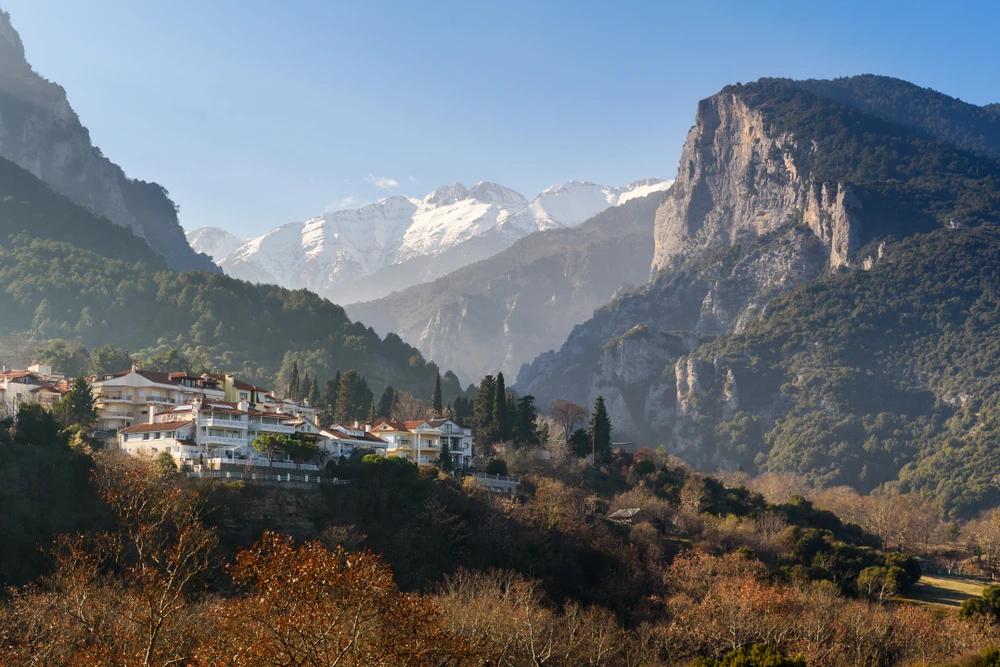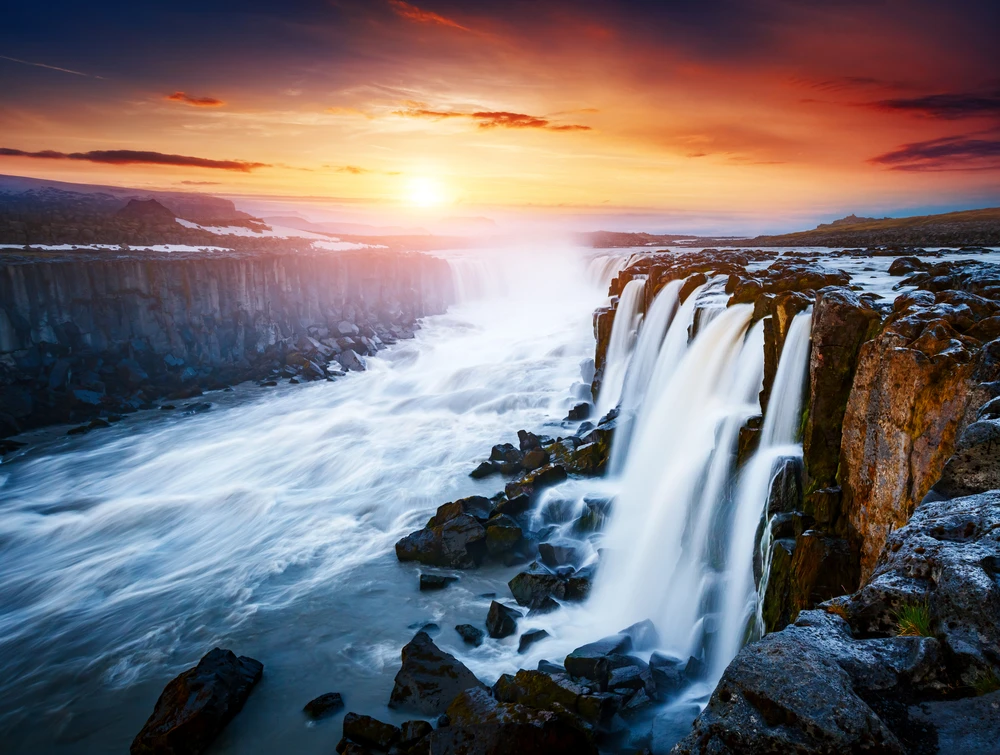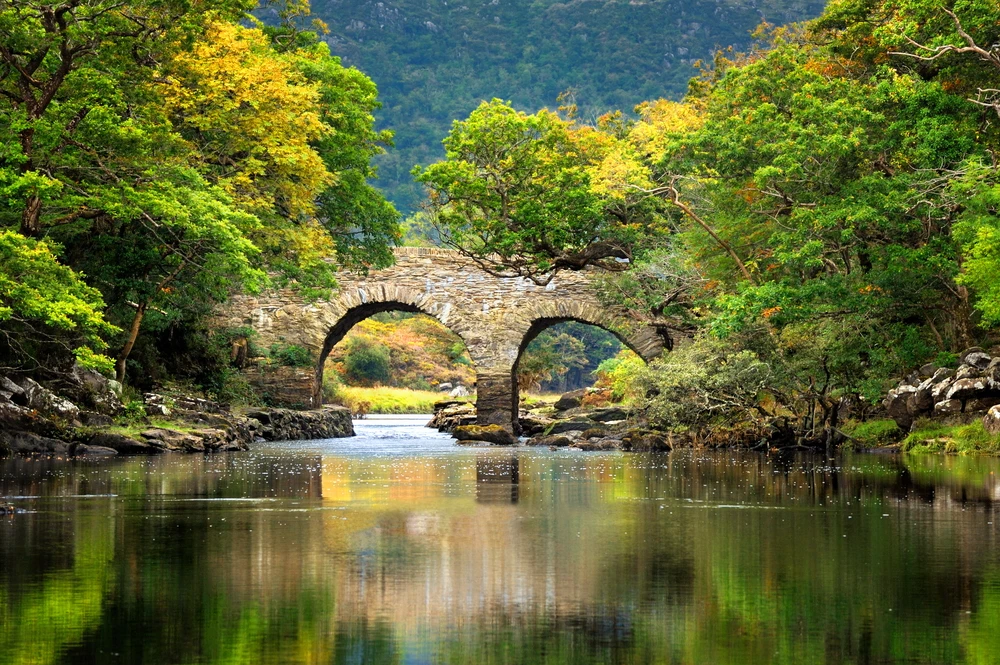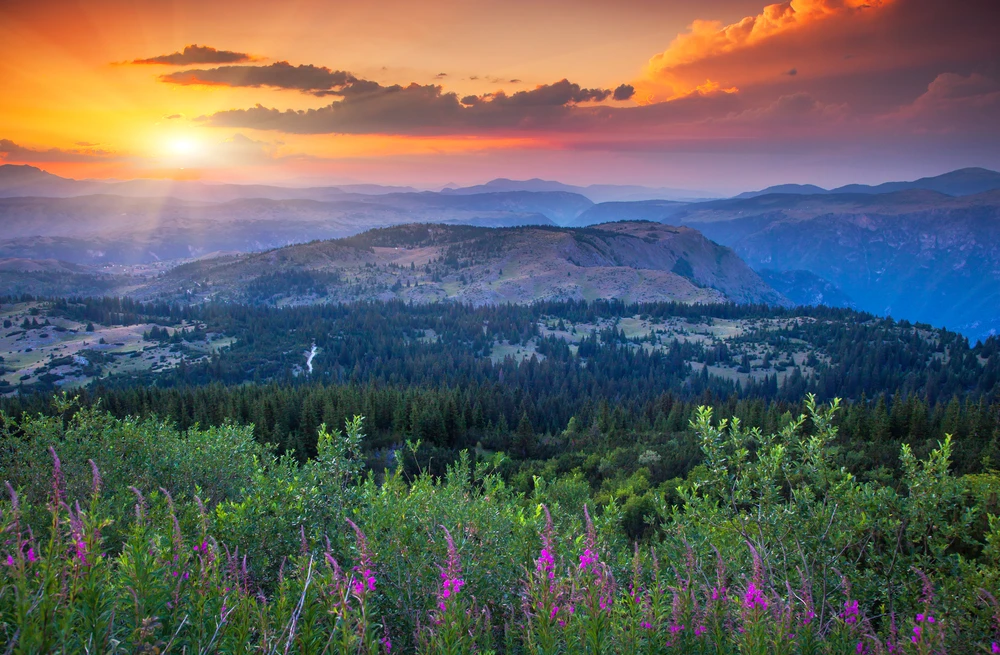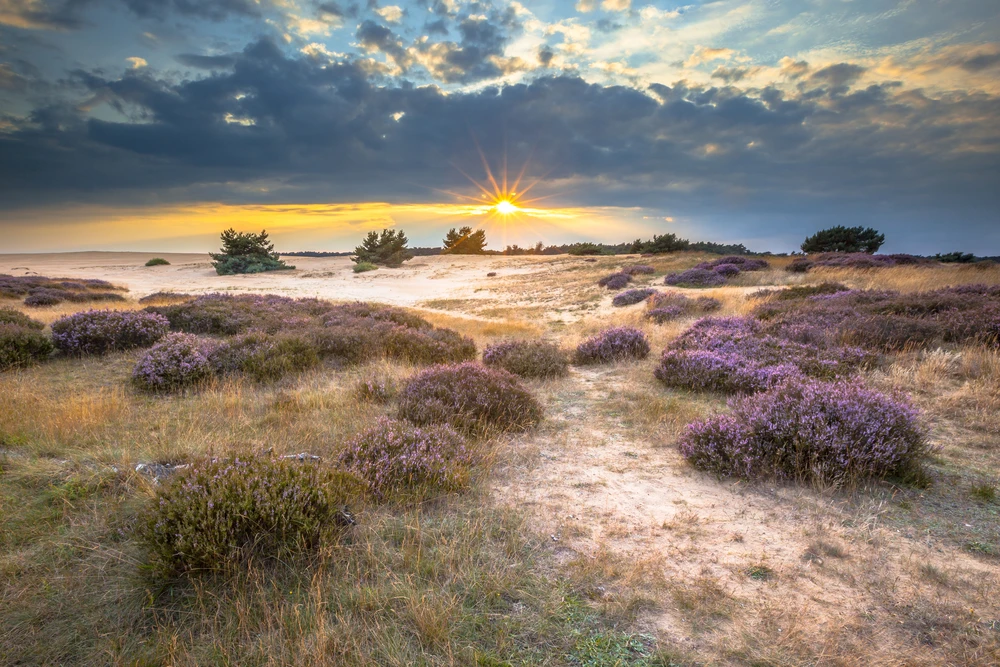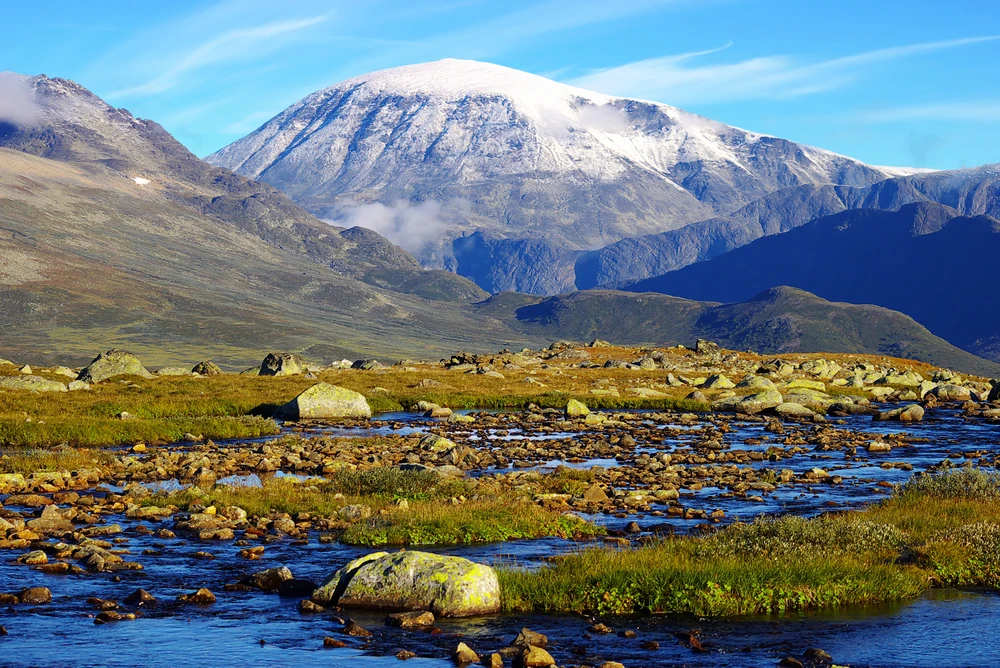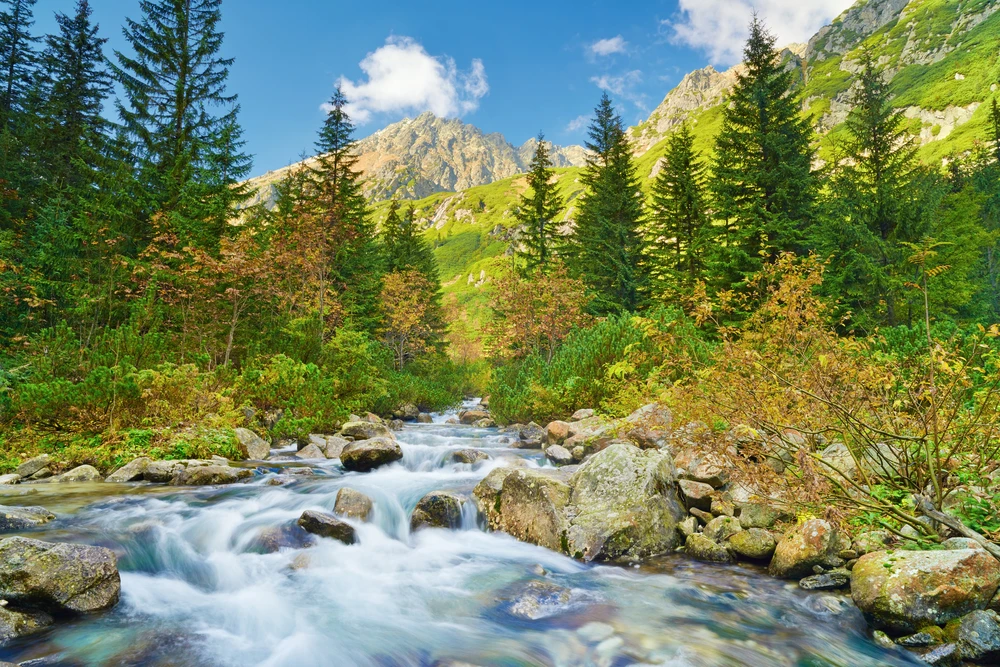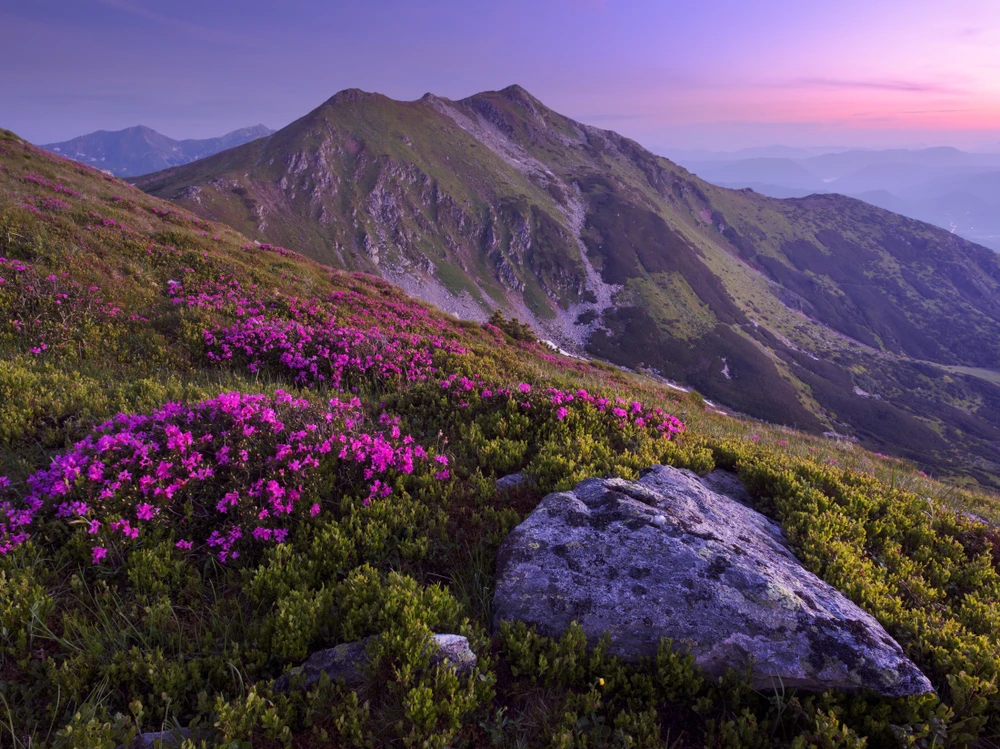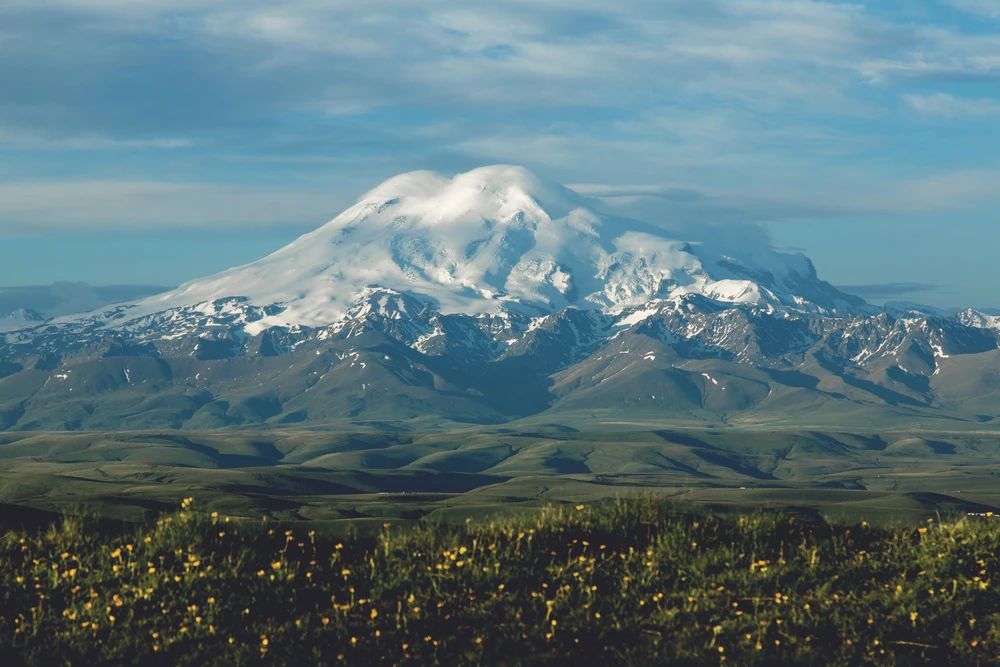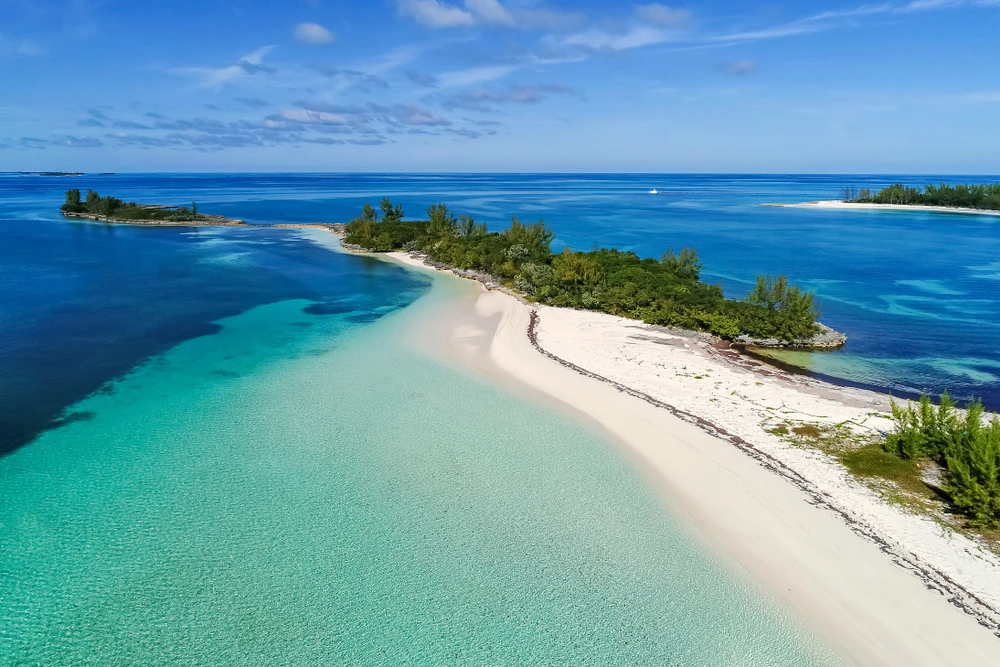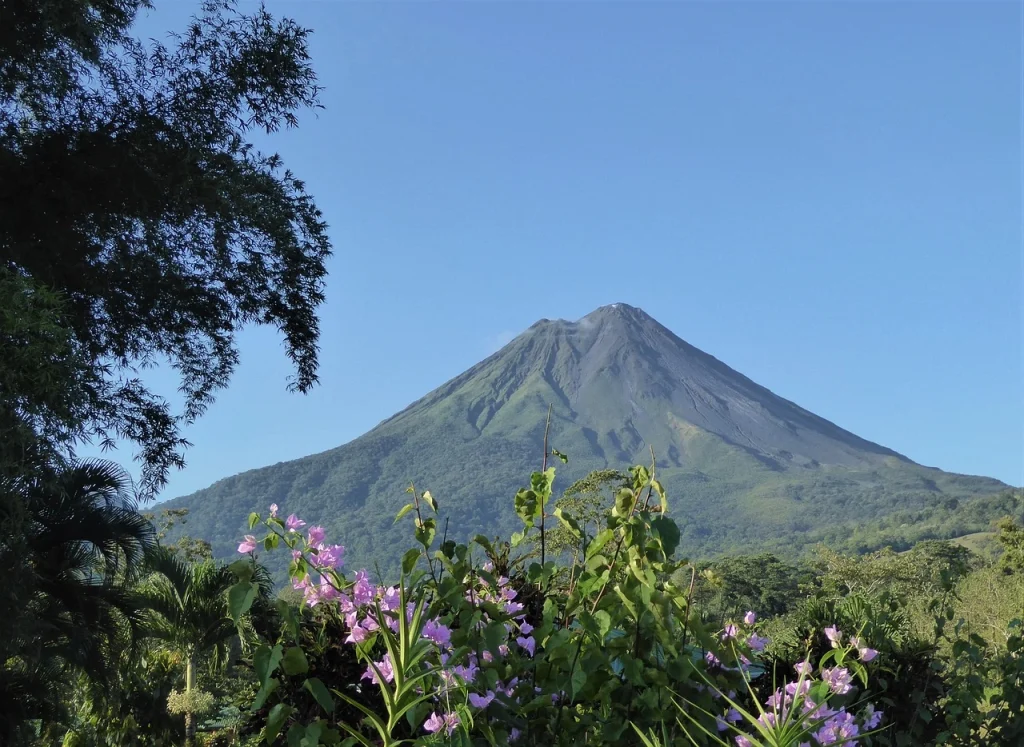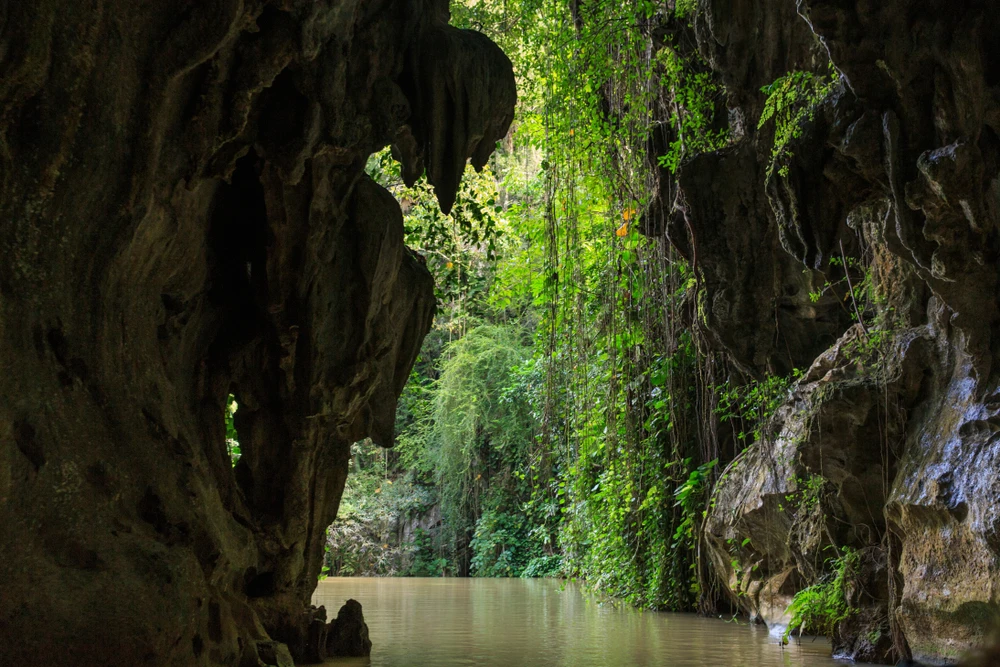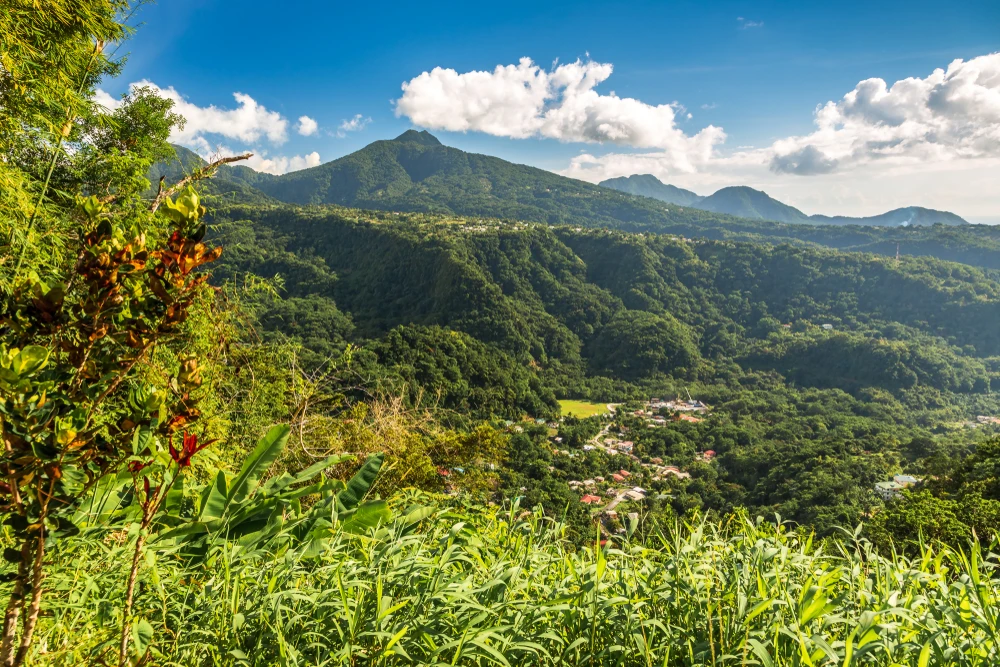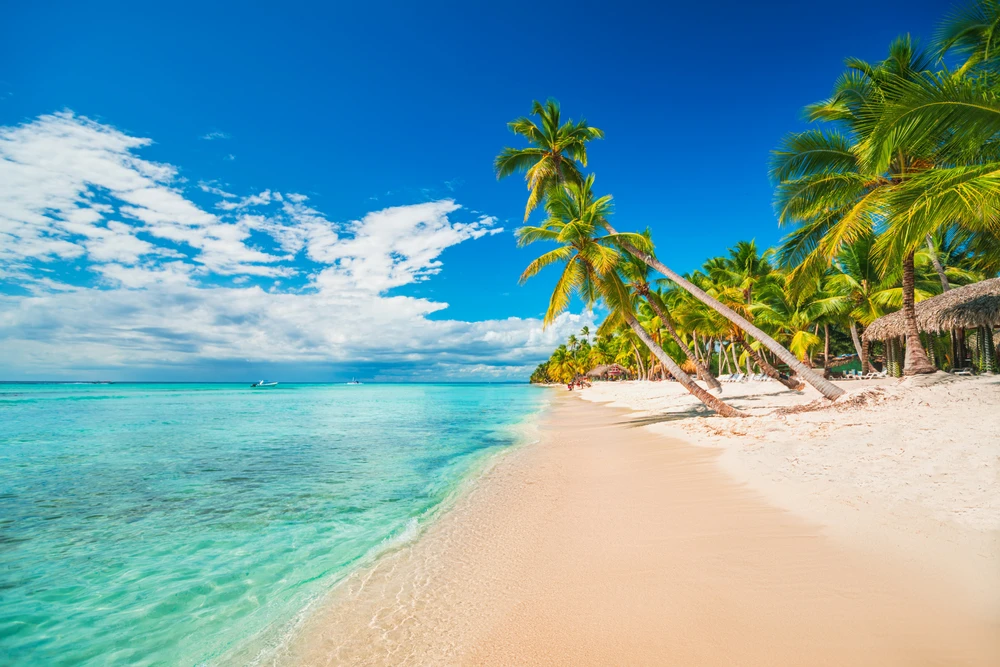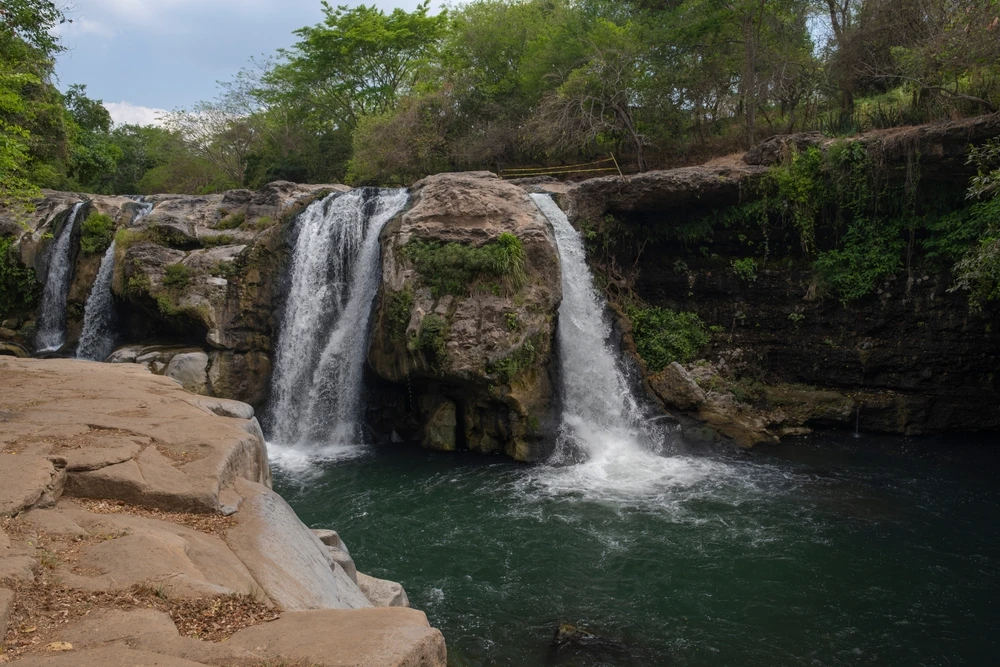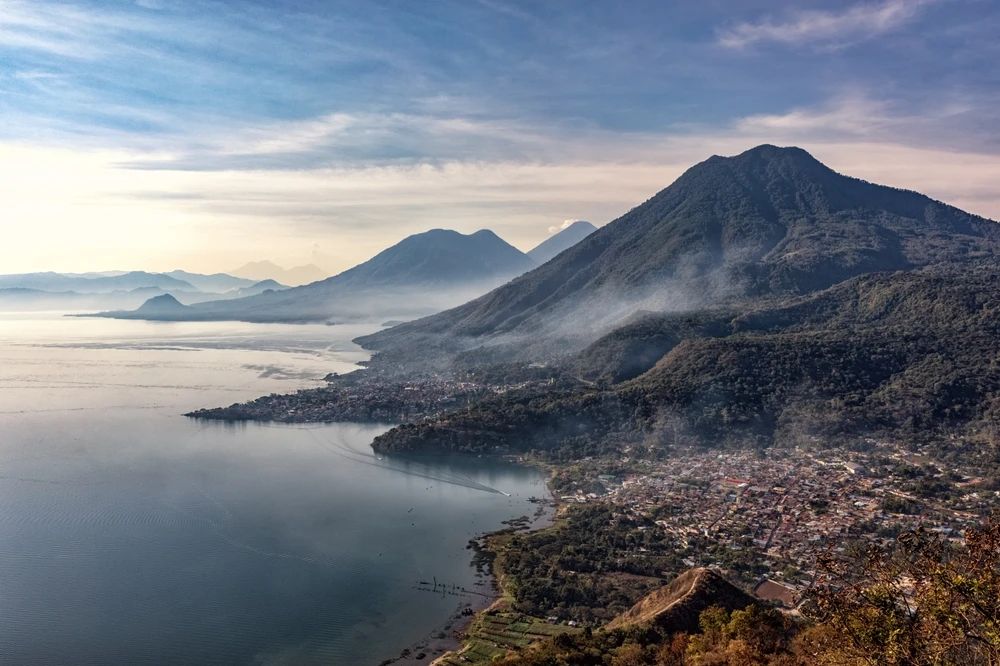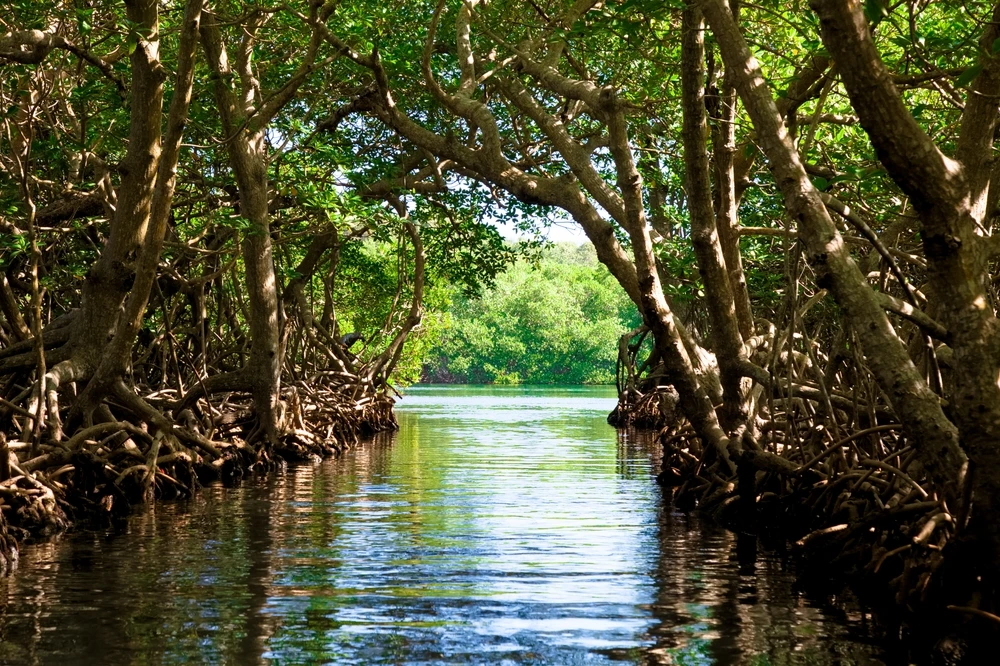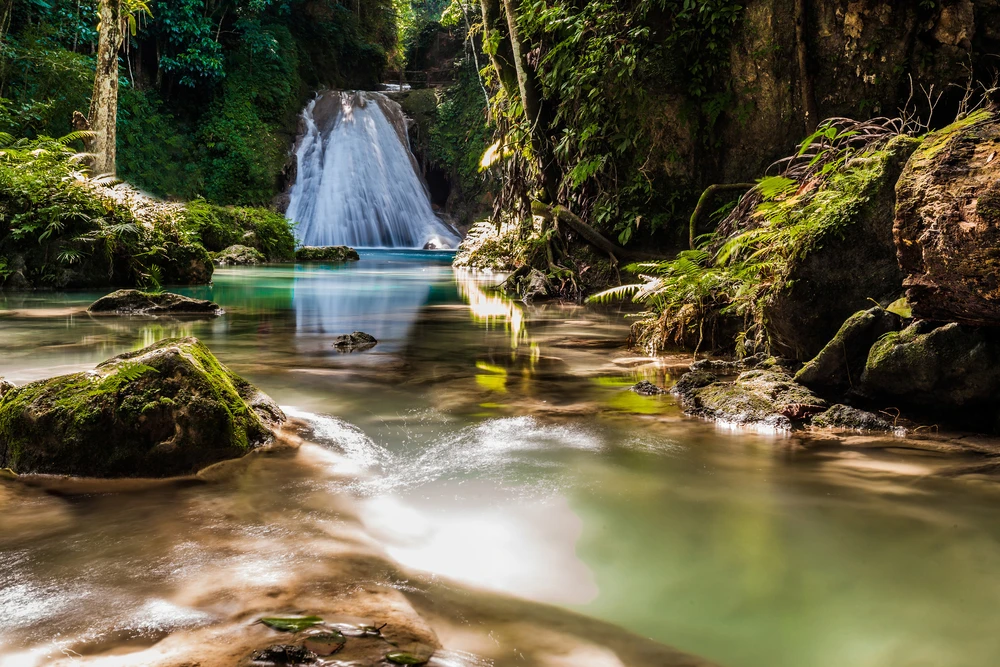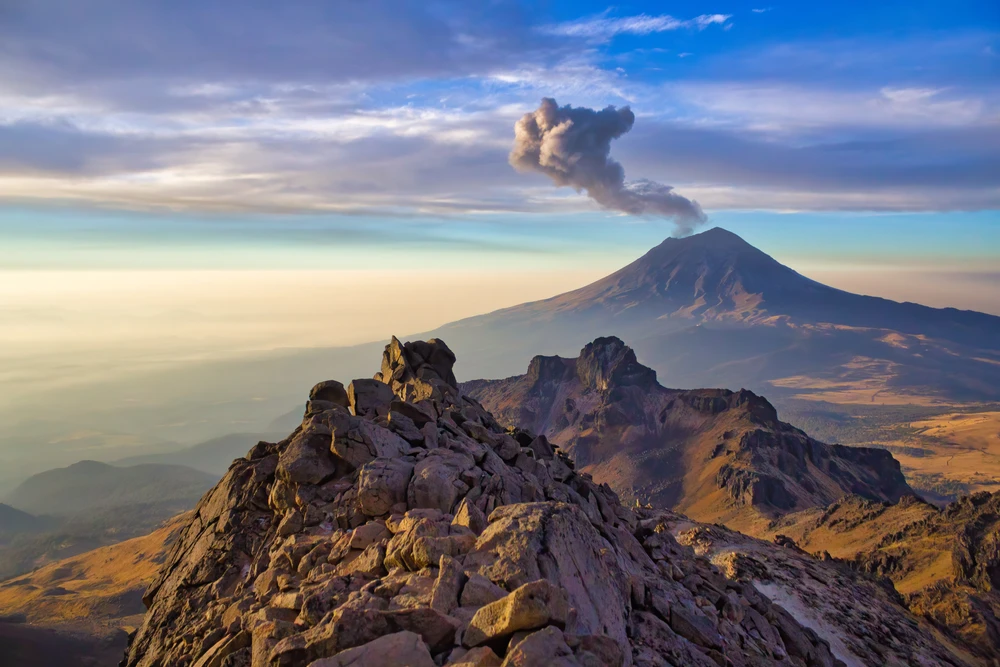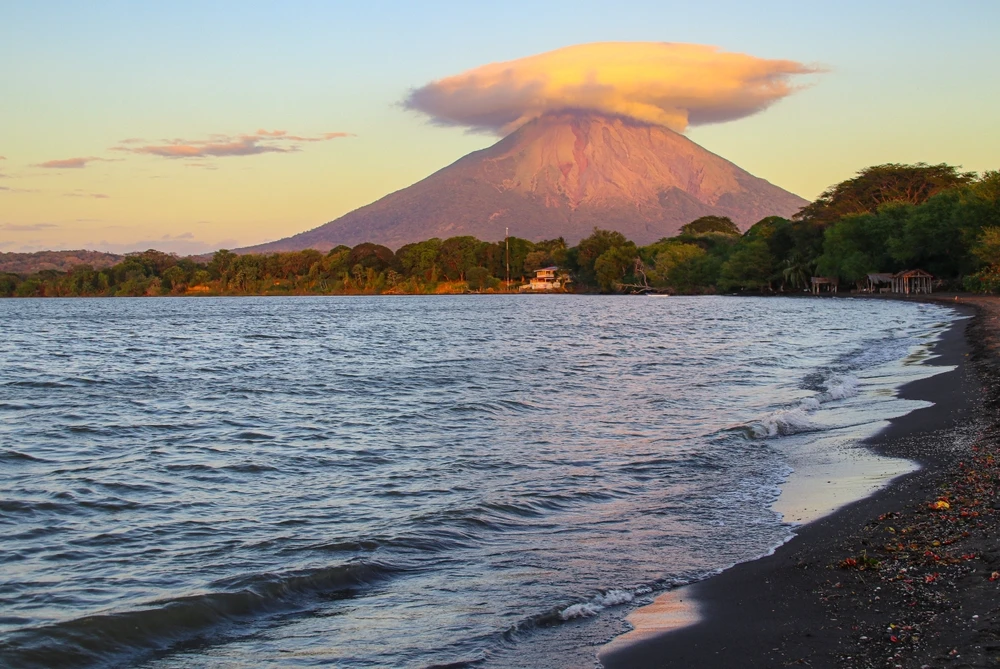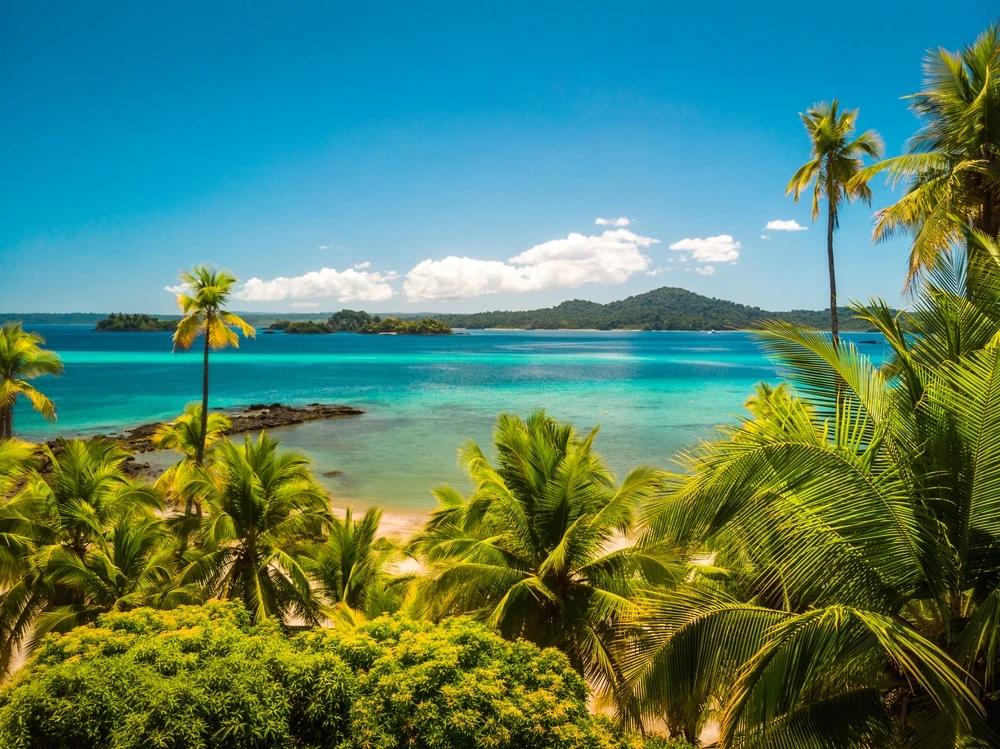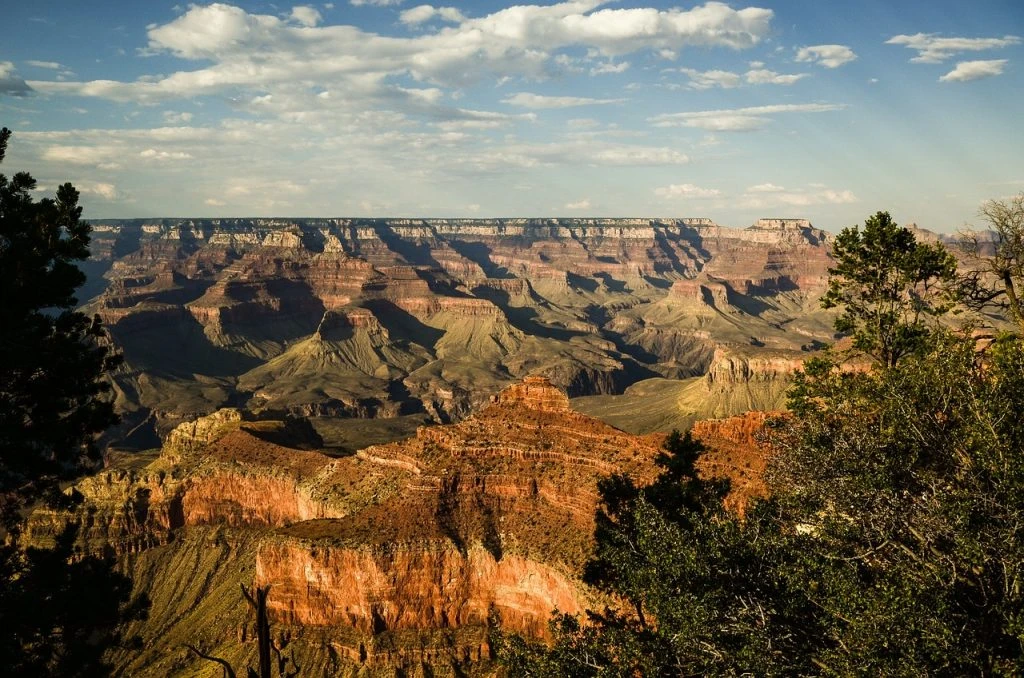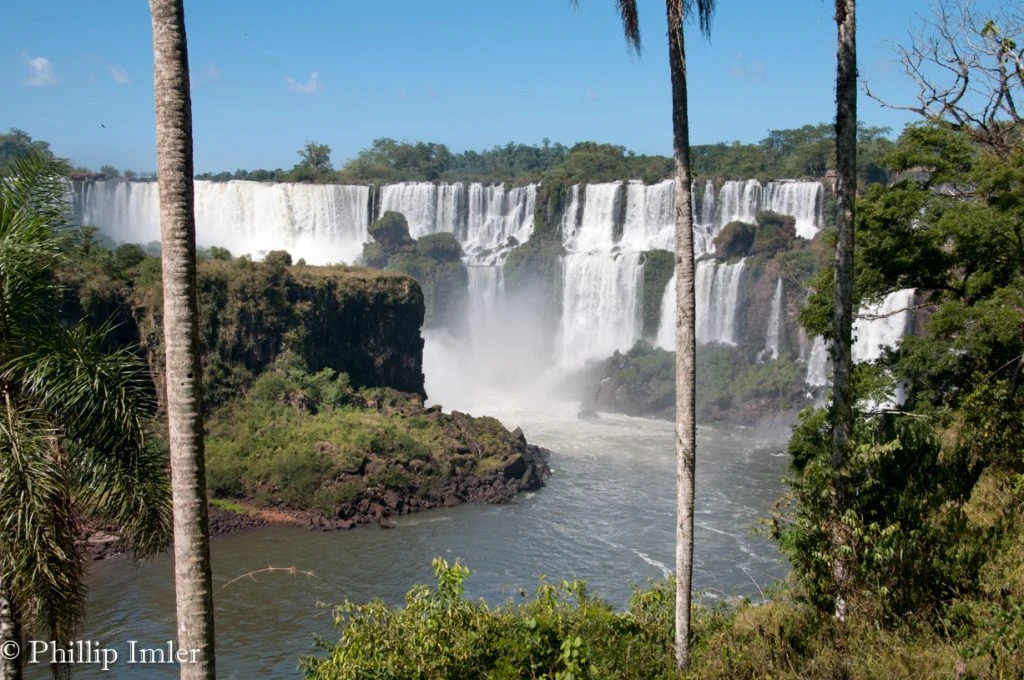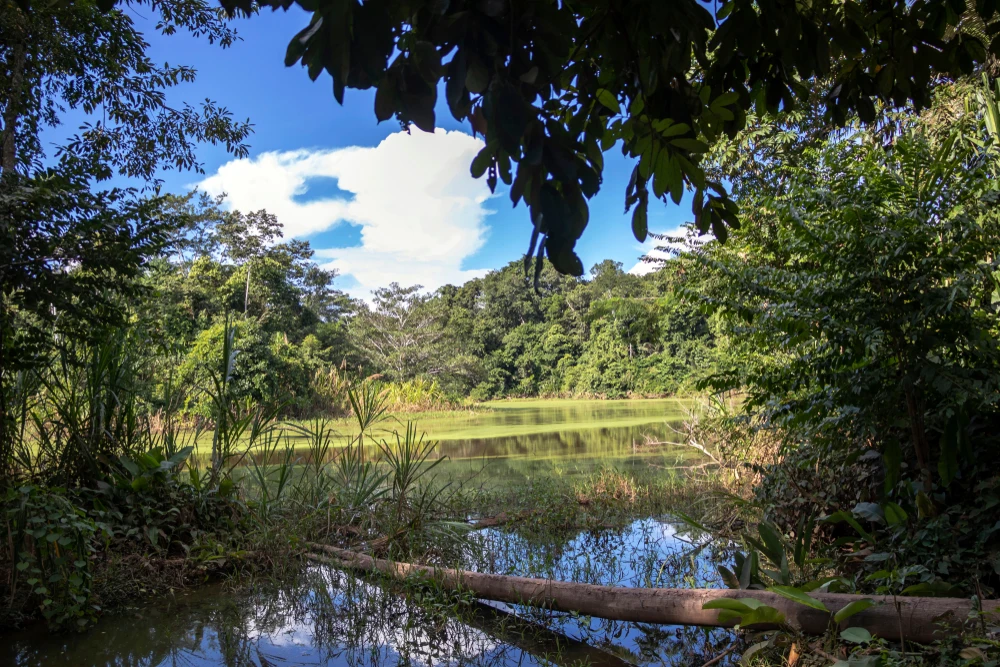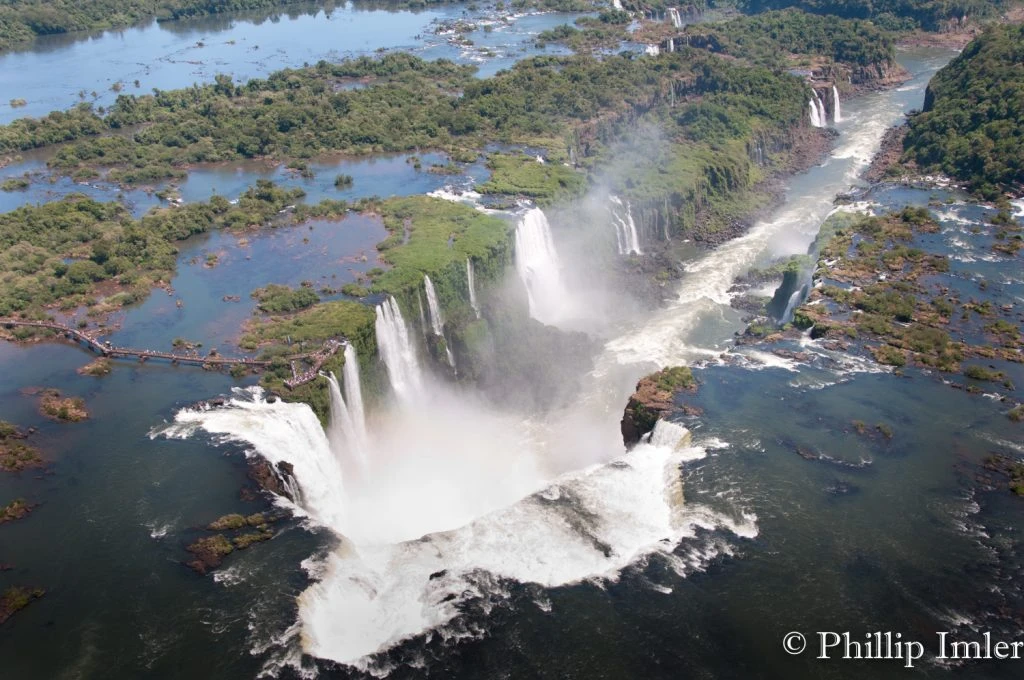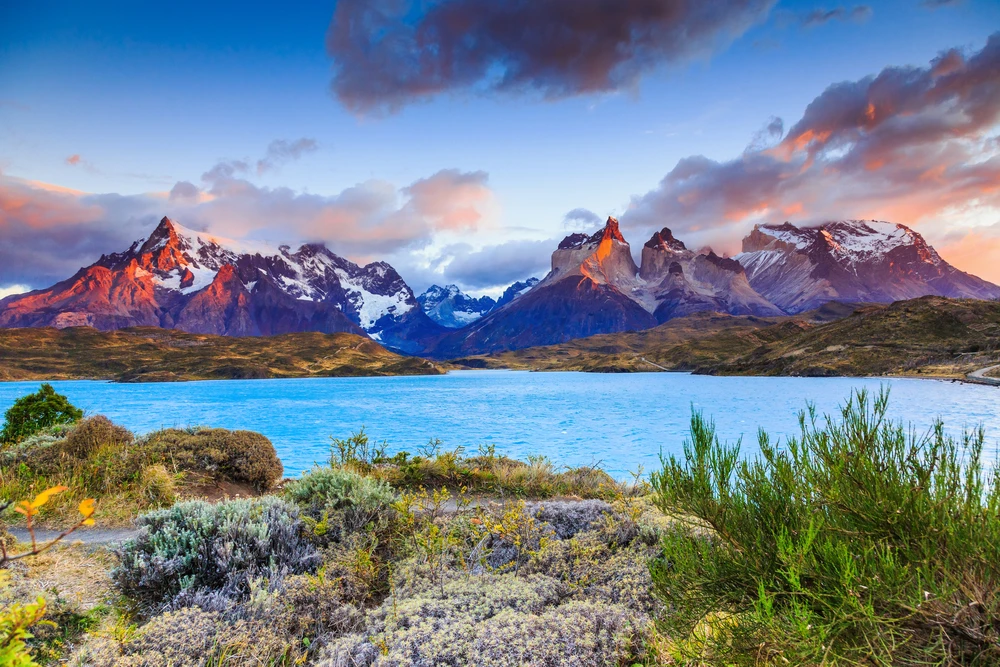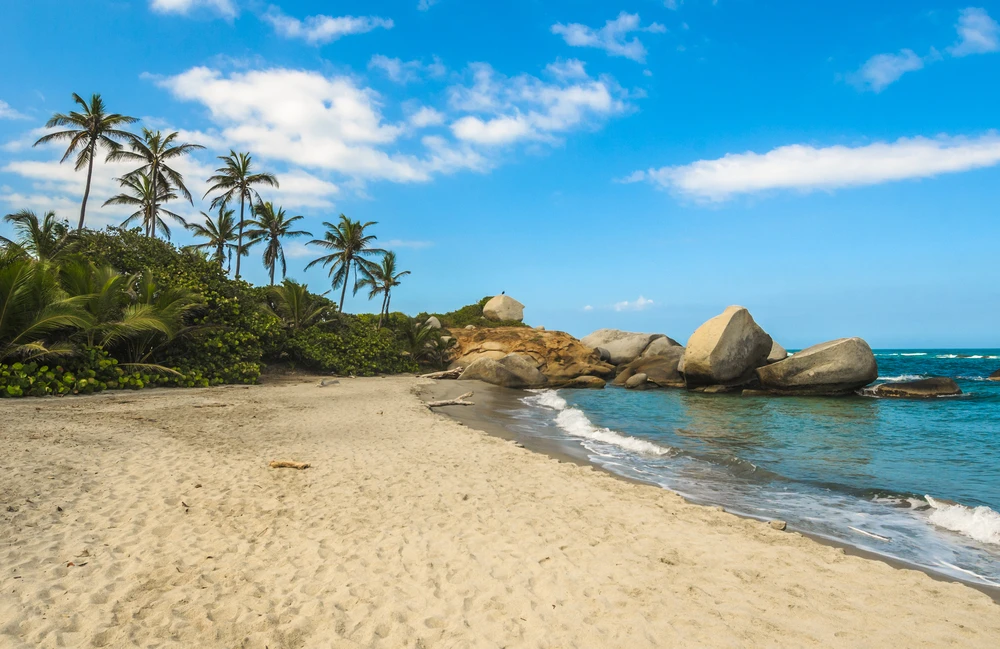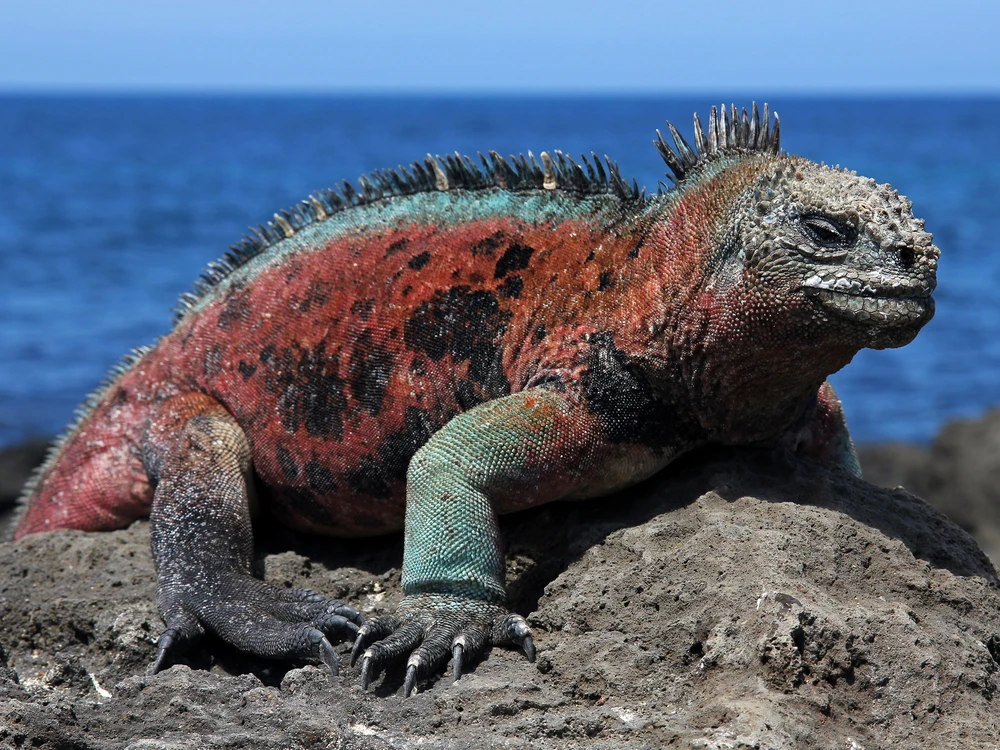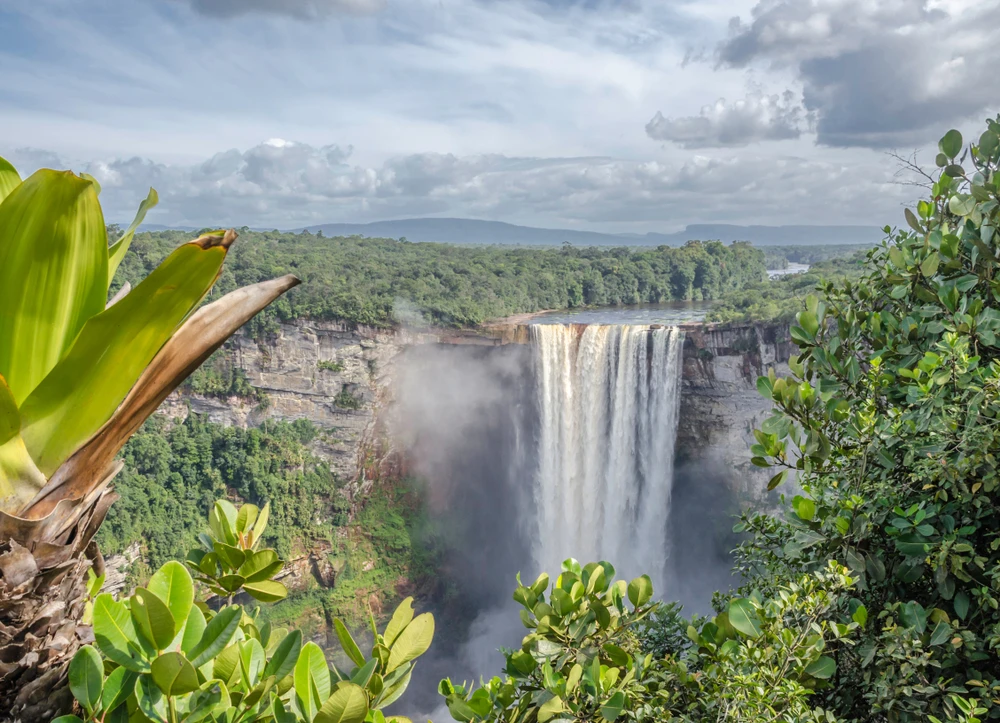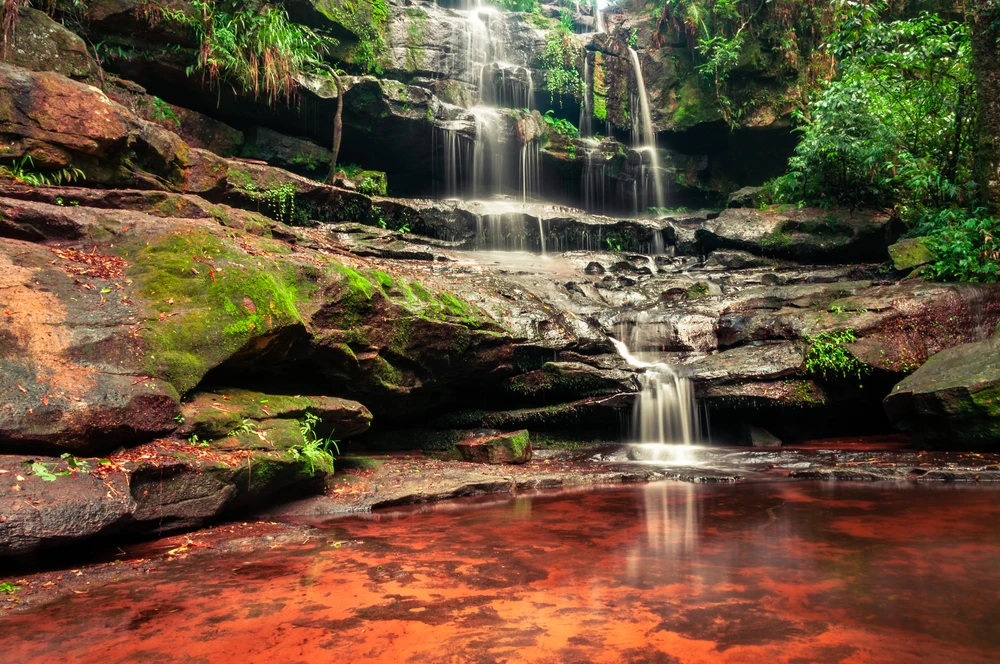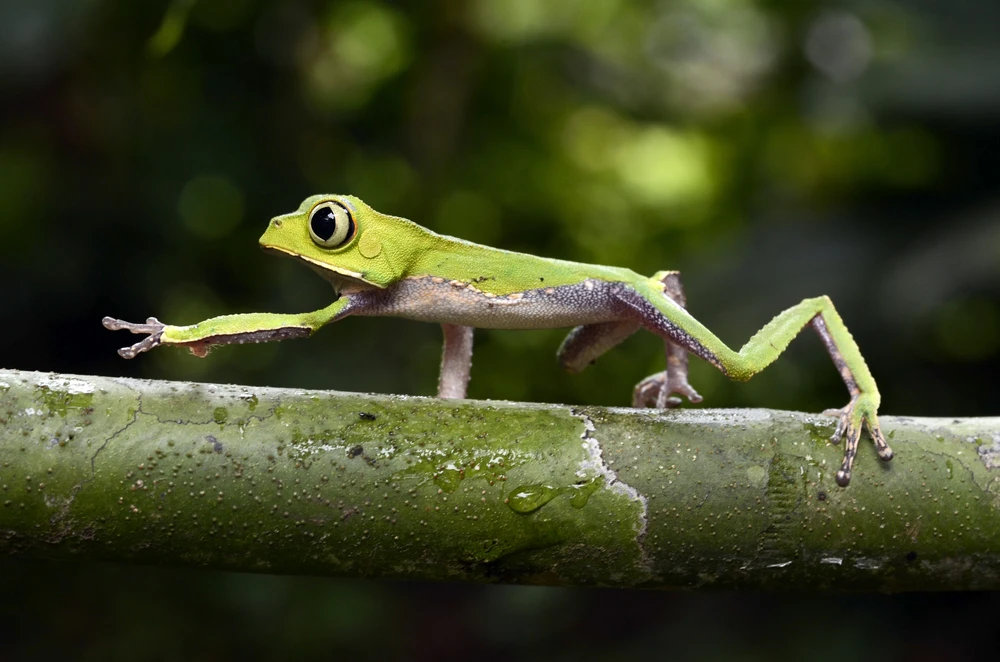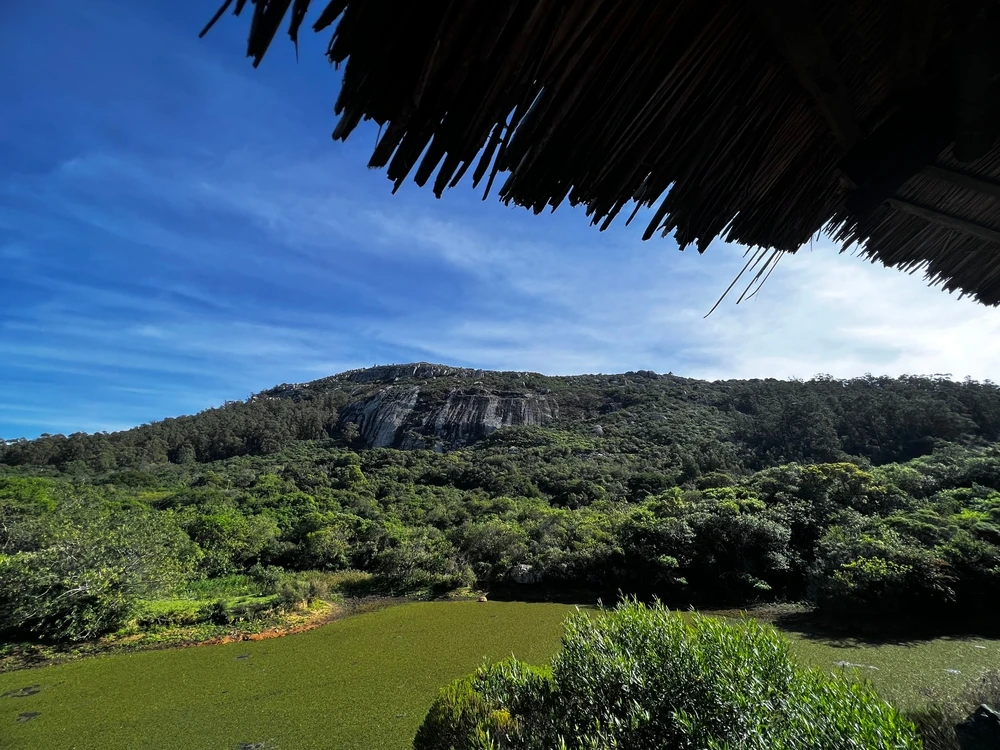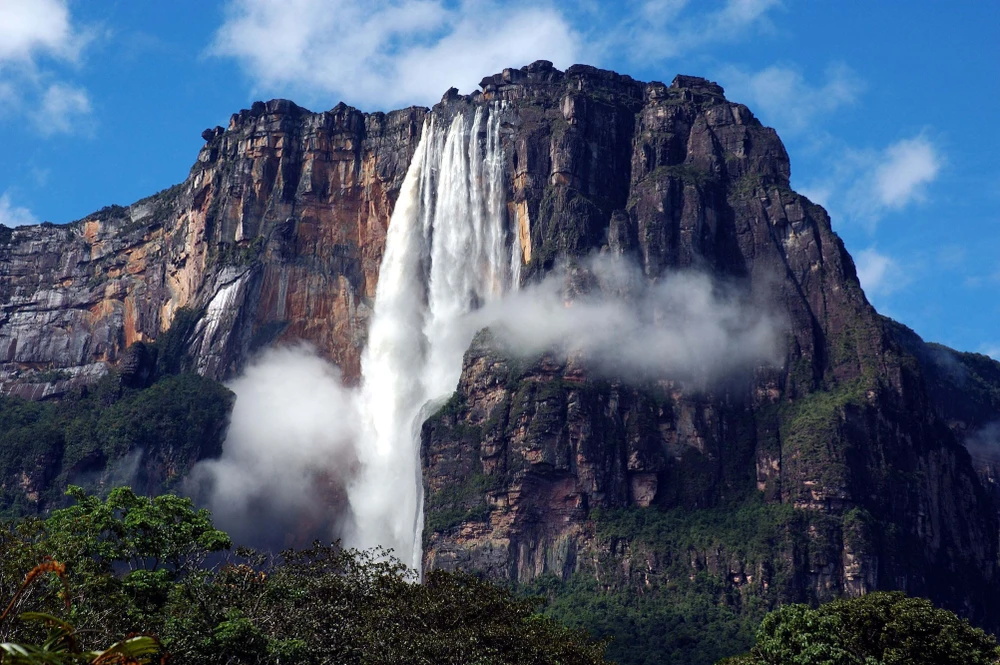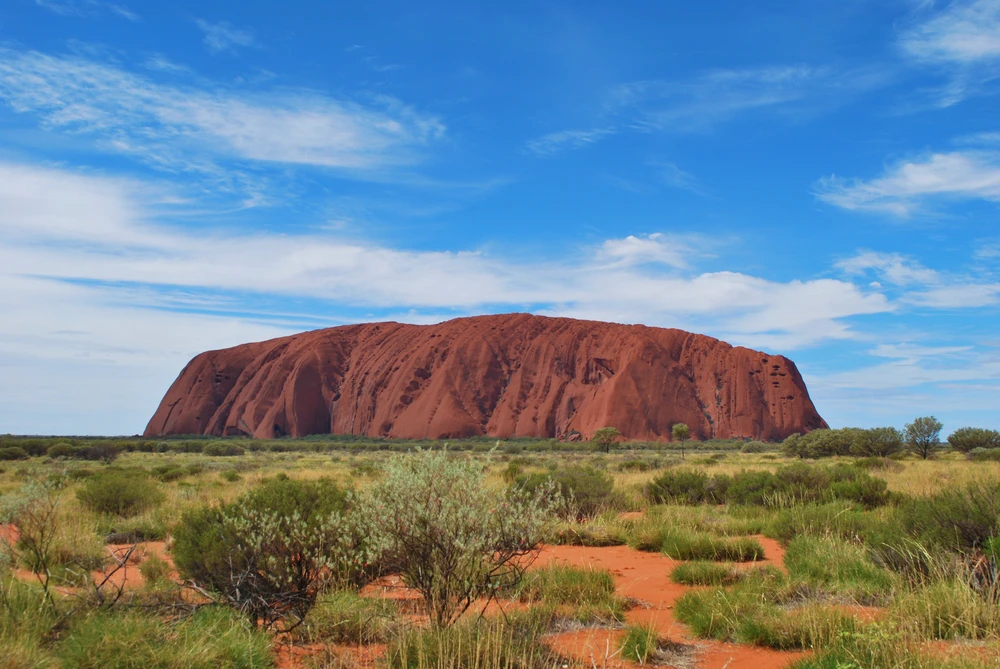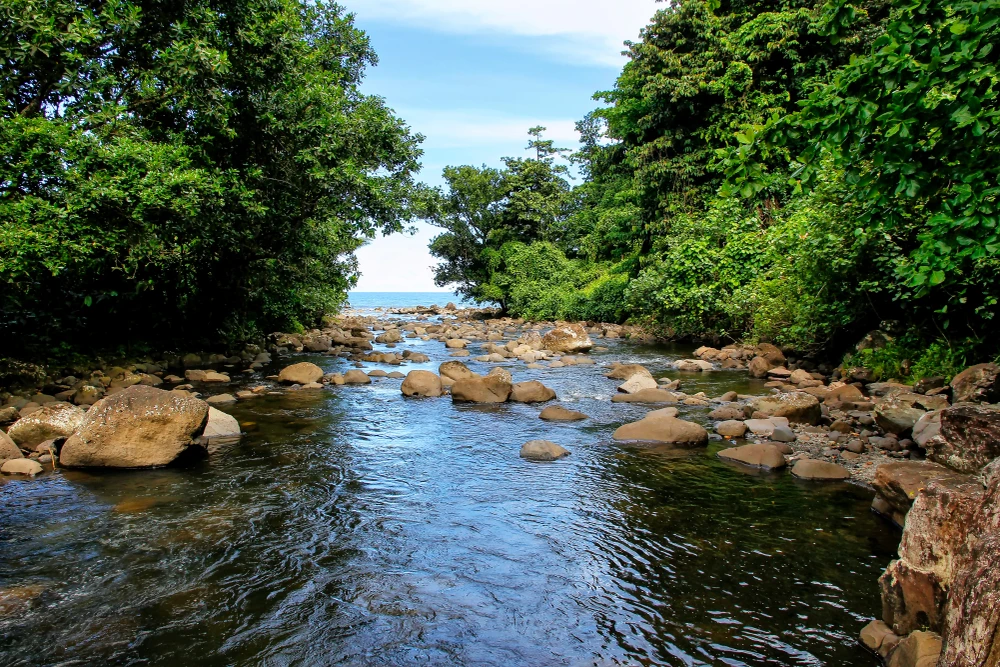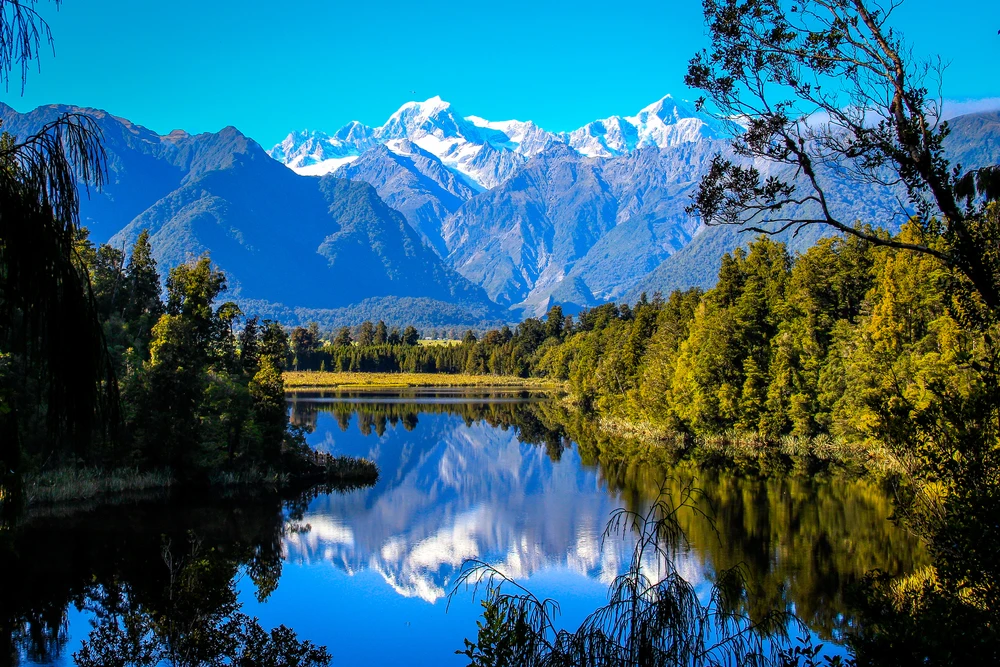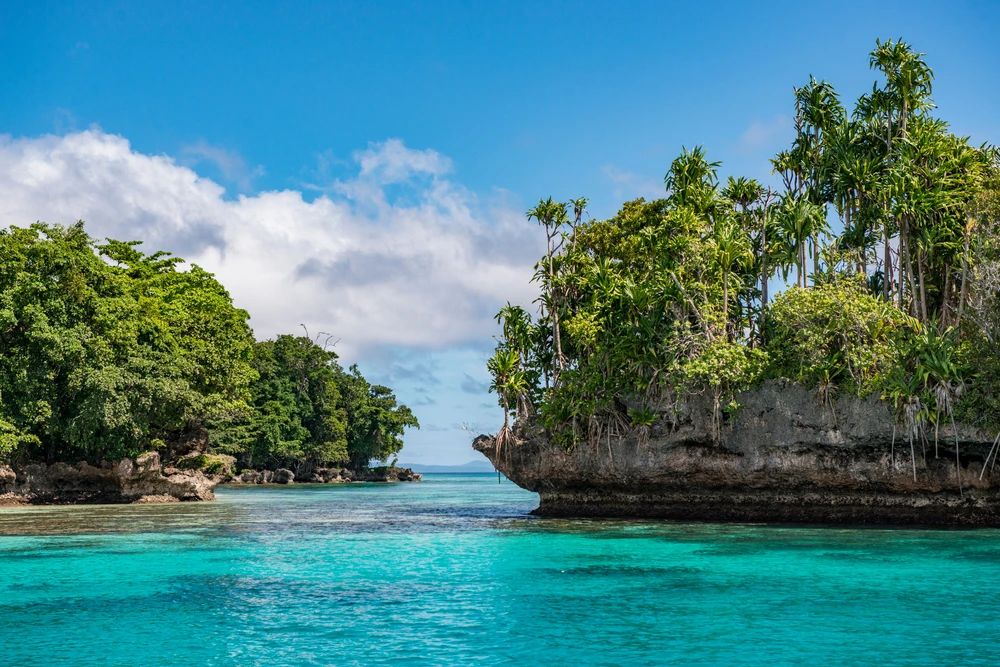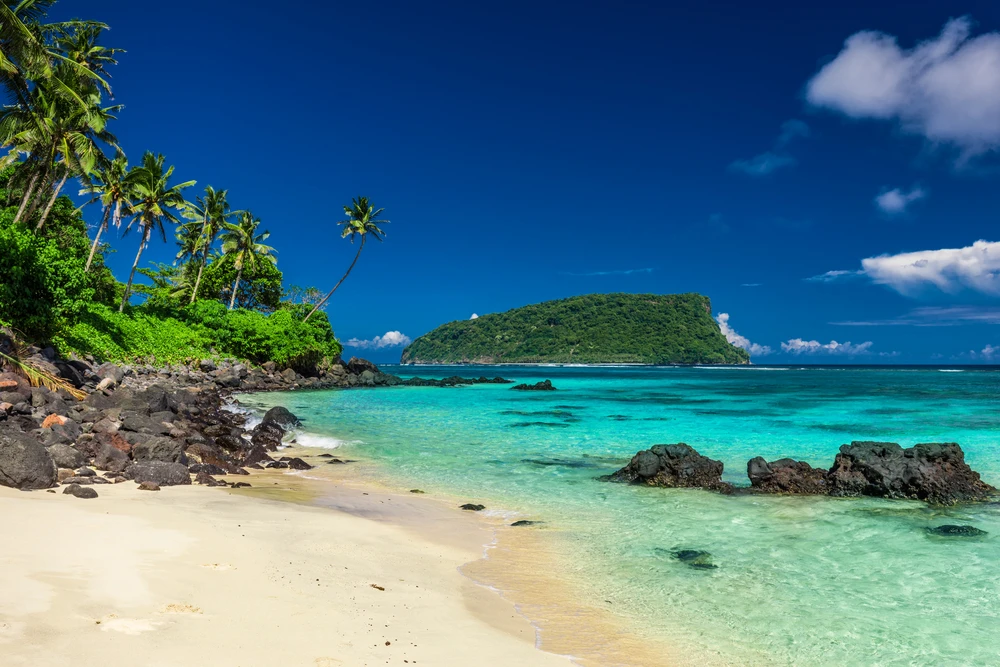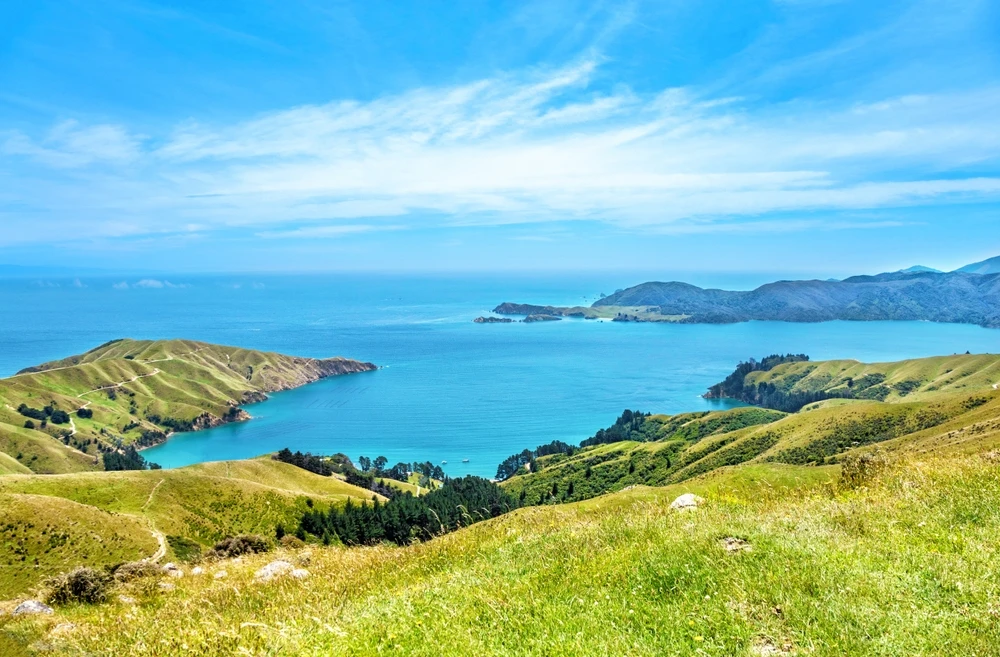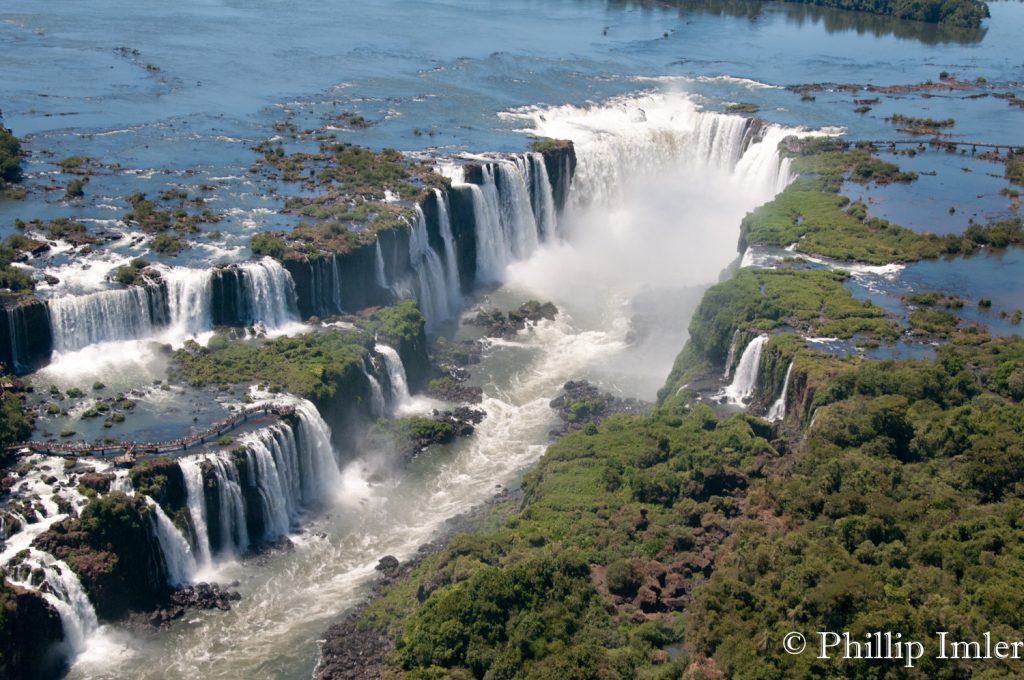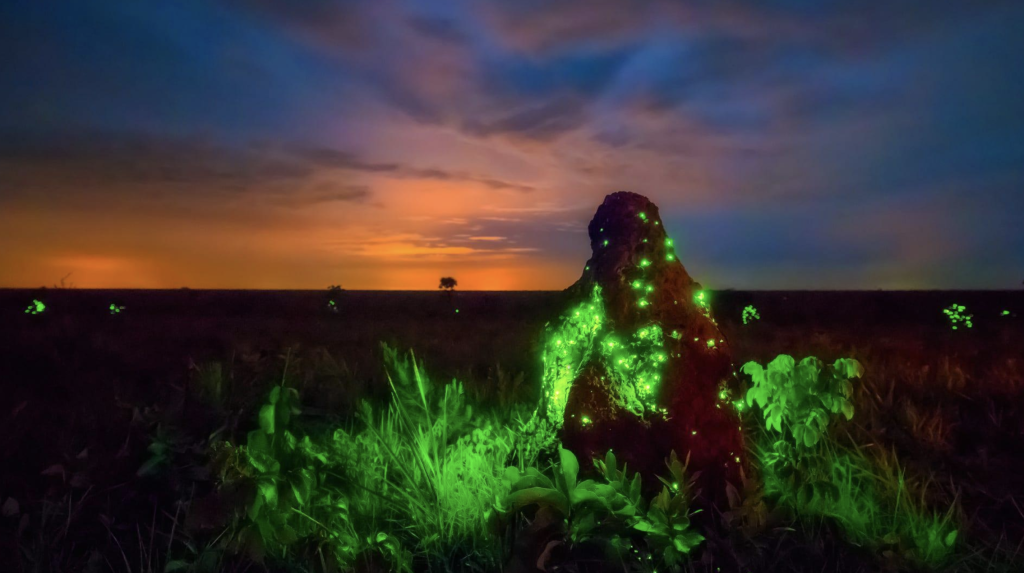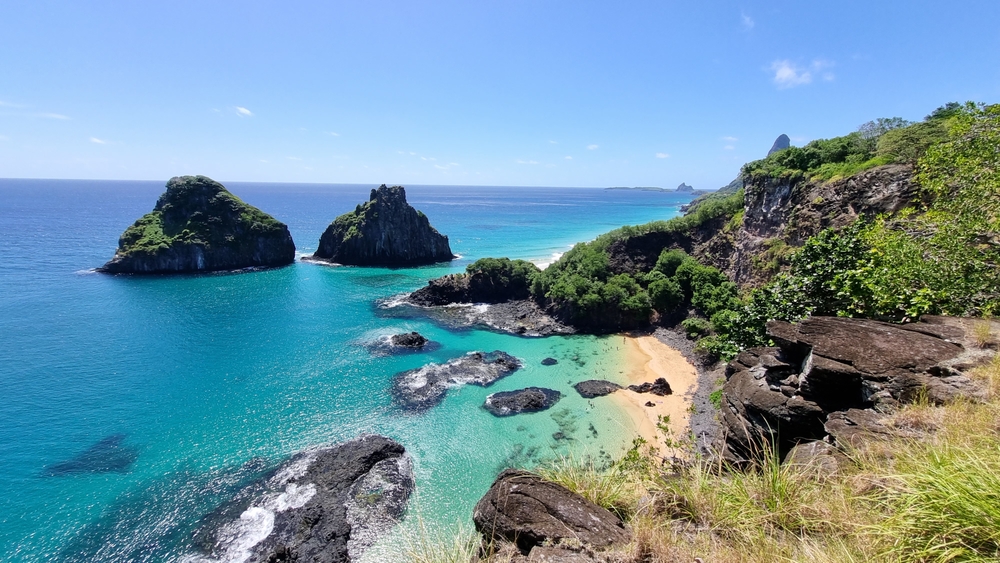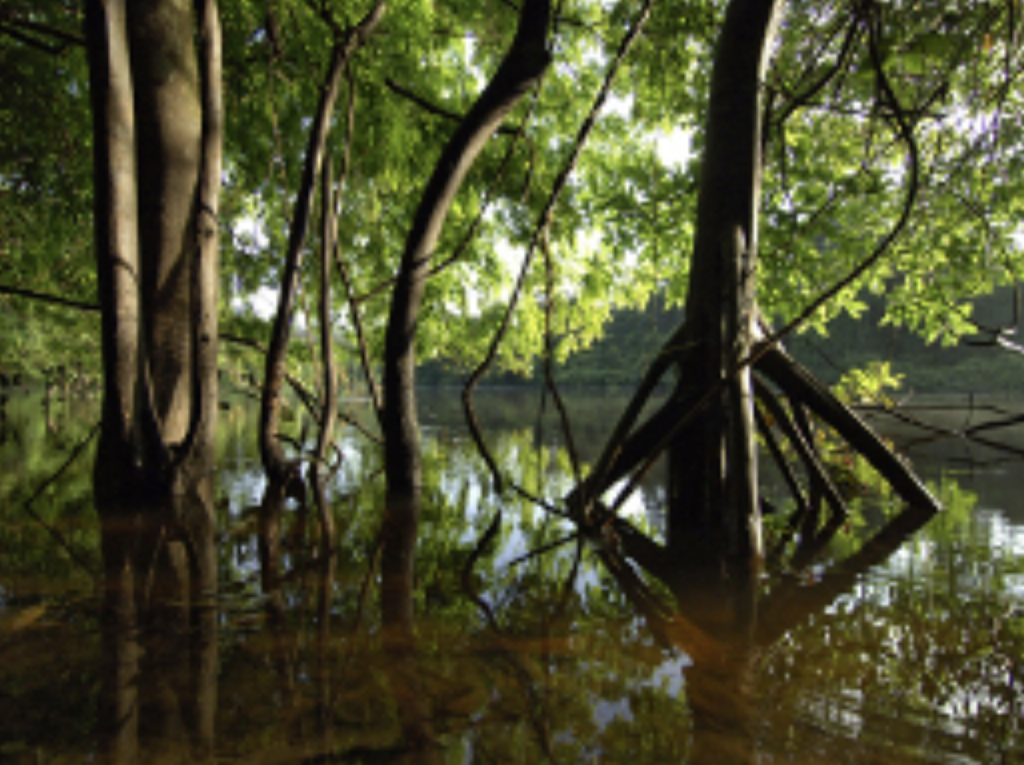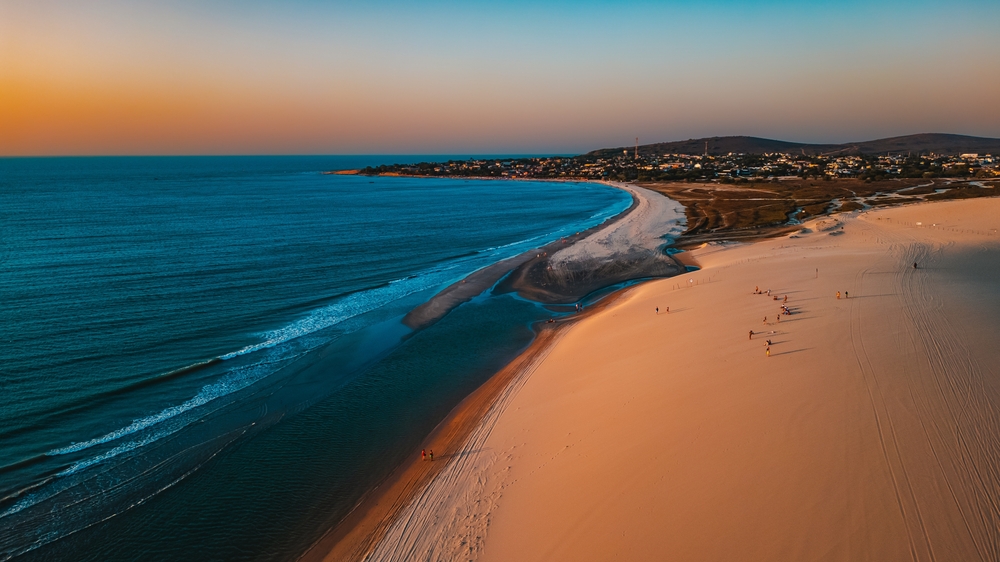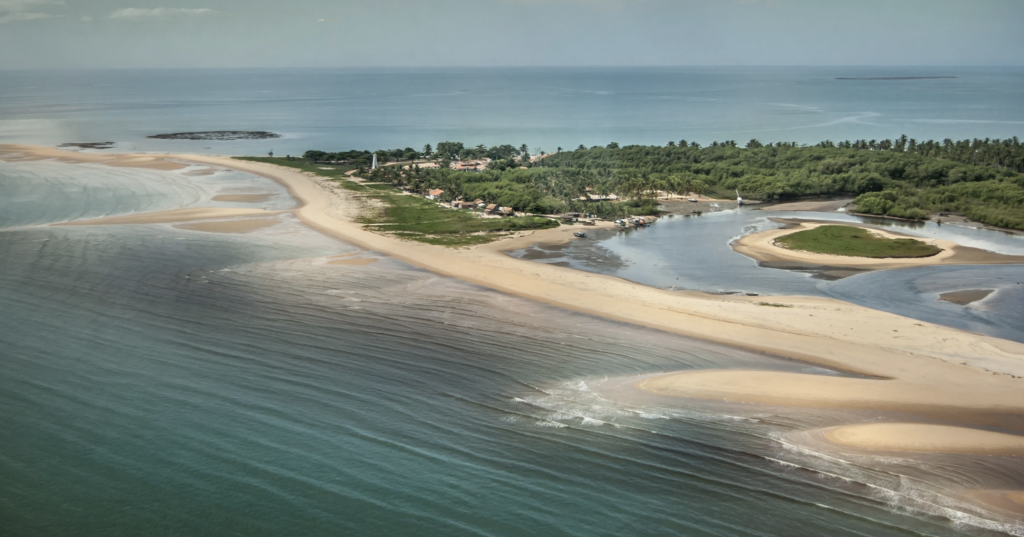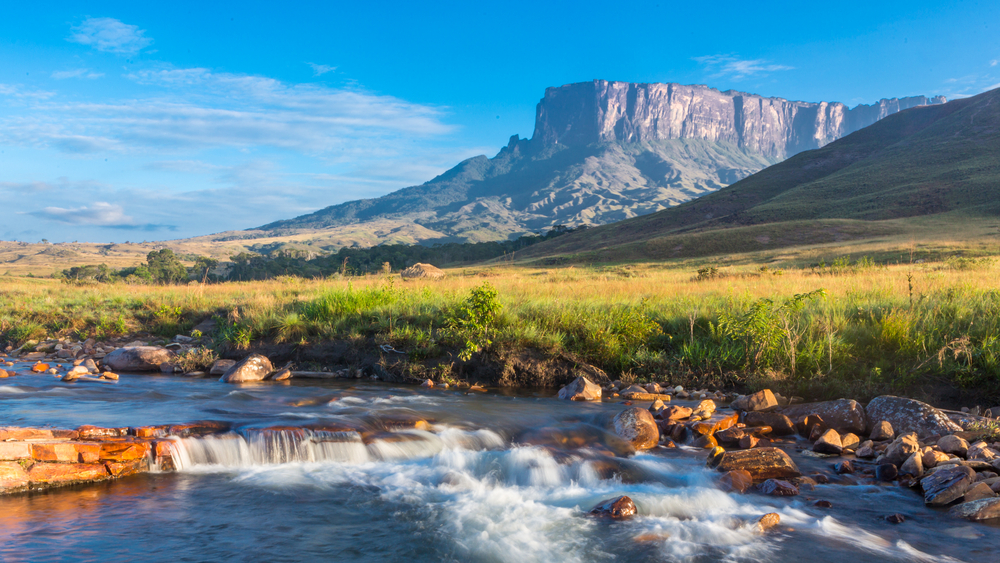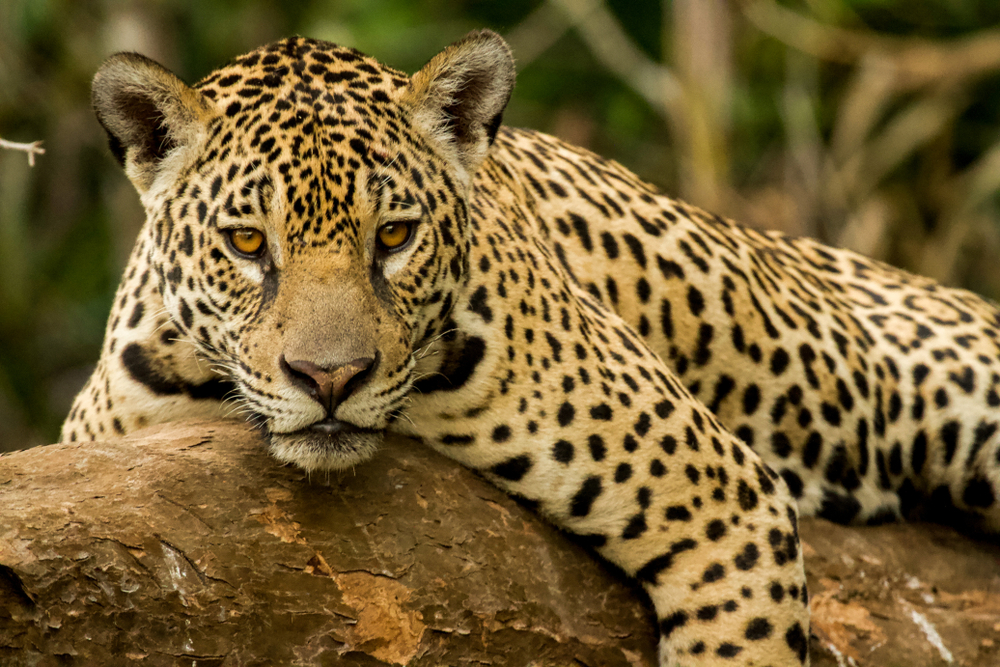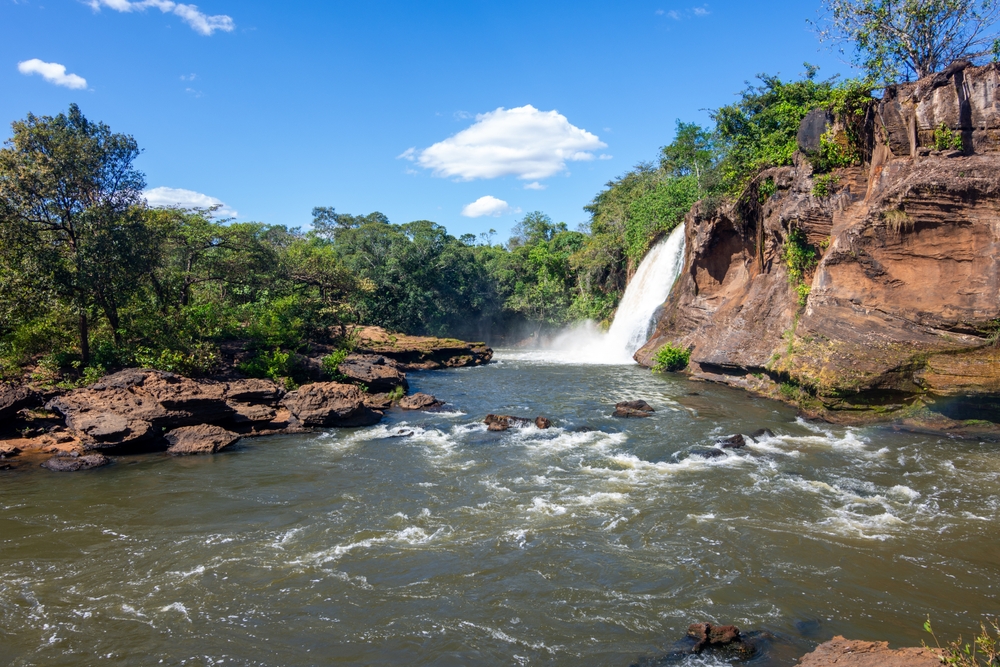Pico da Neblina Overview
Pico da Neblina National Park, known as Parque Nacional do Pico da Neblina in Portuguese, is a remote and expansive protected area in the northwestern part of Brazil, located in the state of Amazonas near the border with Venezuela.
Covering approximately 8,606 square miles (22,252 square kilometers), this vast wilderness is home to the highest peak in Brazil, Pico da Neblina, which reaches an elevation of 9,827 feet (2,999 meters).
The park is part of the Amazon Rainforest and is characterized by dense tropical vegetation, rugged mountains, and vast river systems, including tributaries of the Rio Negro. Due to its name, which translates to “Peak of the Mists,” the summit is often shrouded in thick clouds, adding to its mystique and making it a challenging yet rewarding destination for adventurers.
The terrain within the park is a combination of steep mountain slopes, lowland rainforest, and areas of high-altitude cloud forest. The mountains are part of the Guiana Shield, one of the oldest geological formations on Earth, featuring ancient sandstone and granite outcrops.
The park’s lush vegetation is incredibly diverse, with towering emergent trees, moss-covered rocks, and a variety of epiphytes, including orchids and bromeliads. The cooler, mist-laden high-altitude zones support unique flora adapted to the wet conditions, while the lower elevations contain dense Amazonian rainforest teeming with plant life.
Wildlife in Pico da Neblina National Park is as rich and diverse as the landscapes it encompasses. The dense forest is home to jaguars, pumas, and ocelots, as well as smaller mammals such as tamarins, howler monkeys, and tapirs.
The birdlife is equally impressive, with species like the harpy eagle, toucans, and vibrant macaws soaring through the forest canopy. The park’s rivers and wetlands harbor an array of aquatic species, including caimans, giant river otters, and freshwater dolphins. Due to its remote location, much of the wildlife here remains undisturbed, making it one of the most pristine ecological regions in the Amazon.
Among the park’s most notable features is Pico da Neblina itself, which attracts adventurous climbers willing to undertake the challenging trek to the summit. However, due to conservation efforts and the involvement of local Indigenous communities, access to the peak is restricted and requires special permits.
The Yanomami people, who have lived in this region for centuries, play a key role in preserving the land, and guided expeditions must be conducted with their authorization. For visitors, the park offers deep-jungle exploration, birdwatching, and river excursions, providing unparalleled access to the Amazon’s biodiversity.
One of the main challenges in managing Pico da Neblina National Park is balancing conservation with the interests of tourism and Indigenous rights. Illegal mining, deforestation, and climate change pose threats to the park’s delicate ecosystems.
However, conservation initiatives led by the Brazilian government and Indigenous-led projects have strengthened environmental protections. Recent collaborative efforts between conservationists and the Yanomami people have helped develop sustainable tourism models that benefit local communities while protecting the rainforest.

